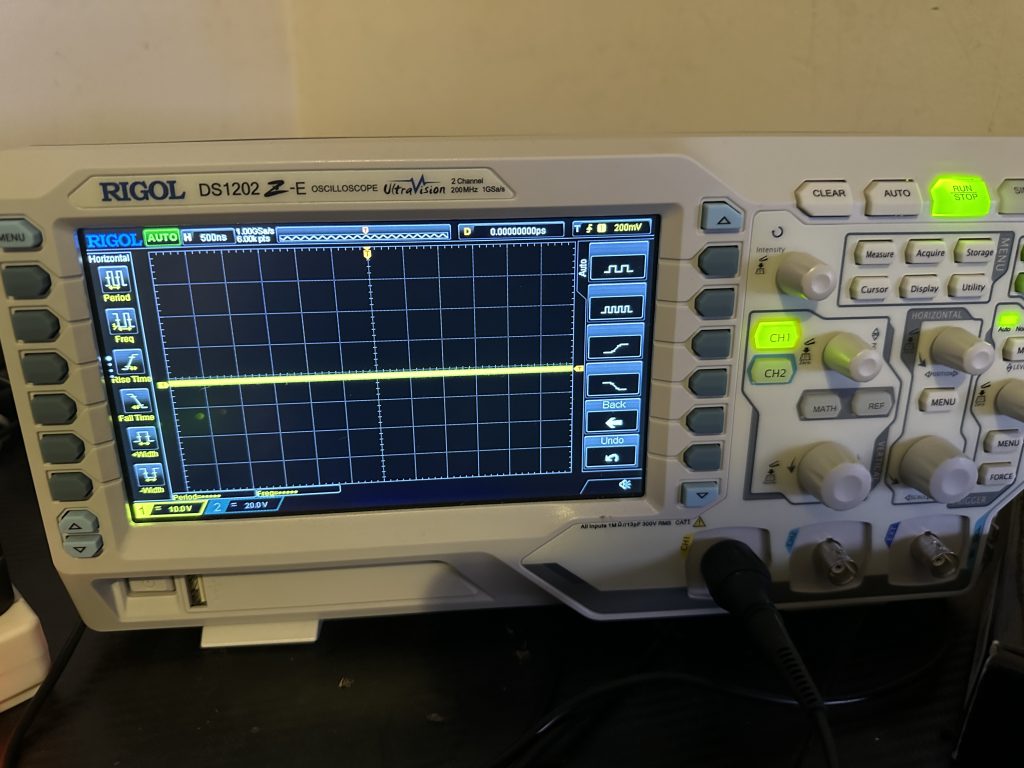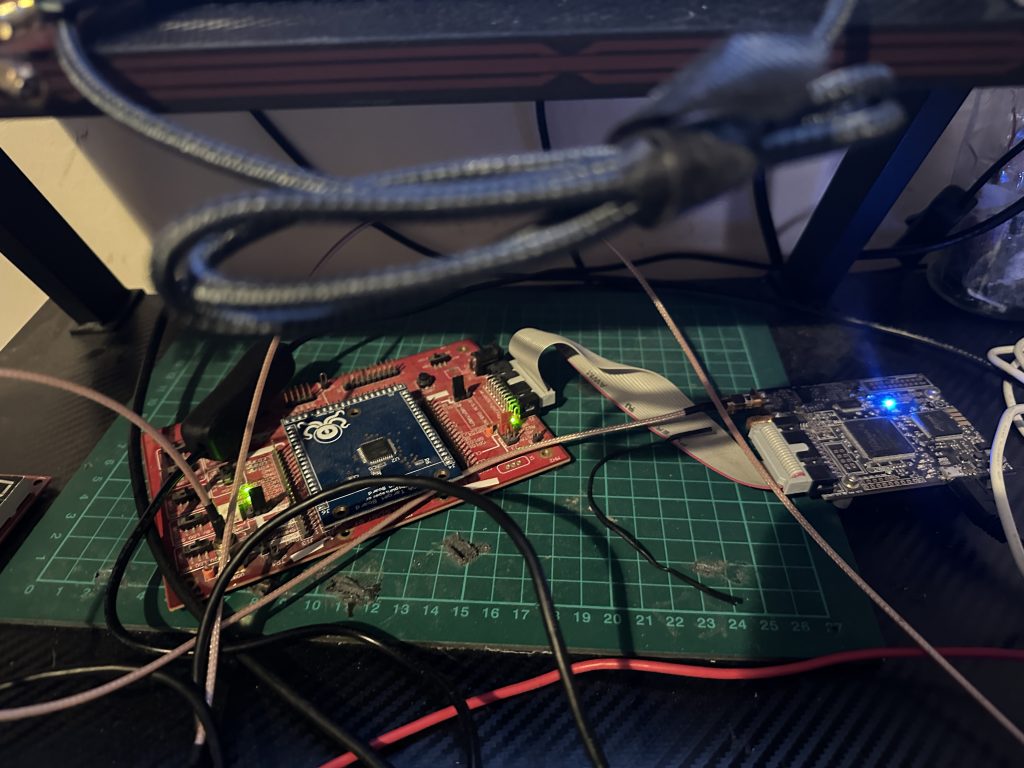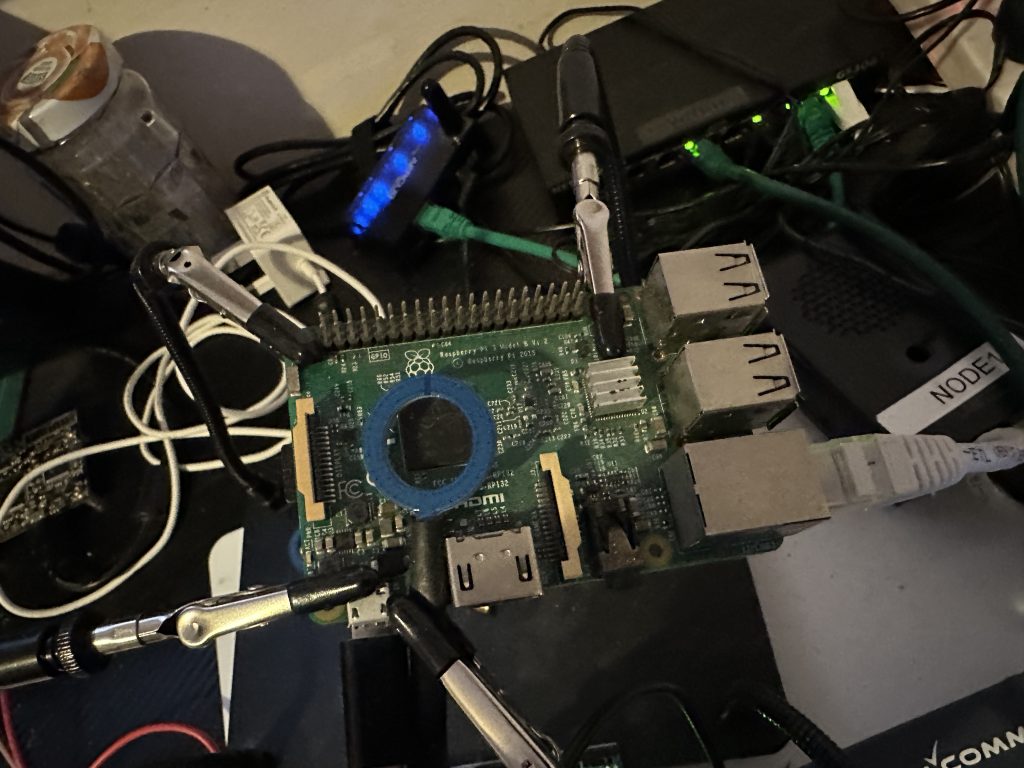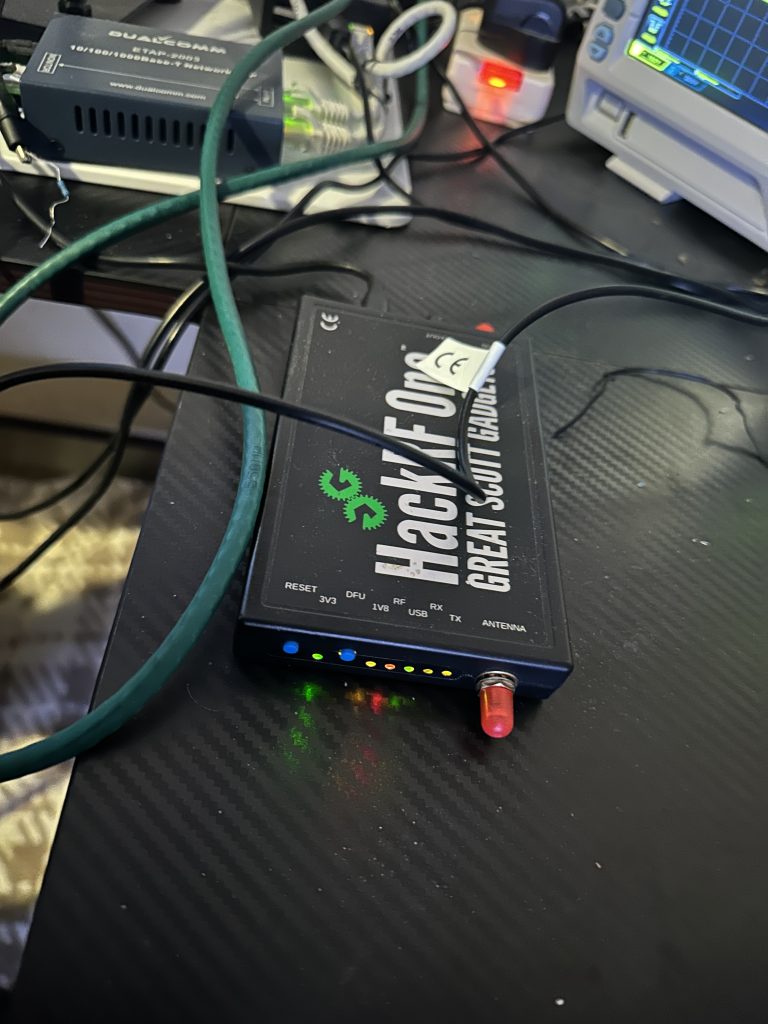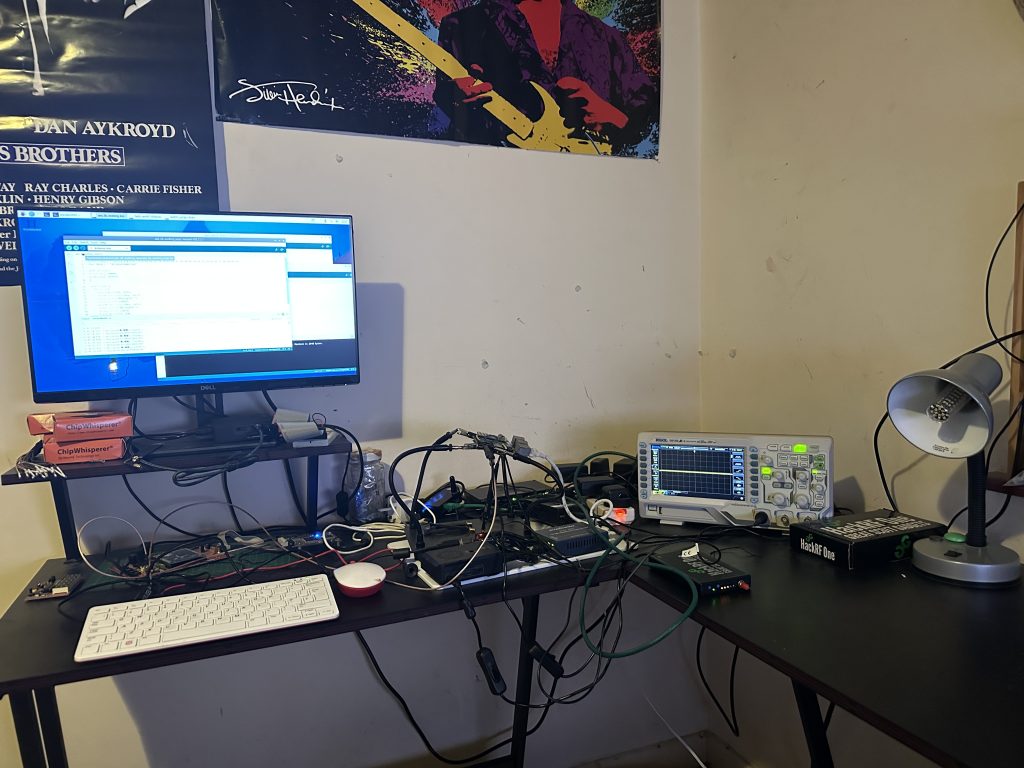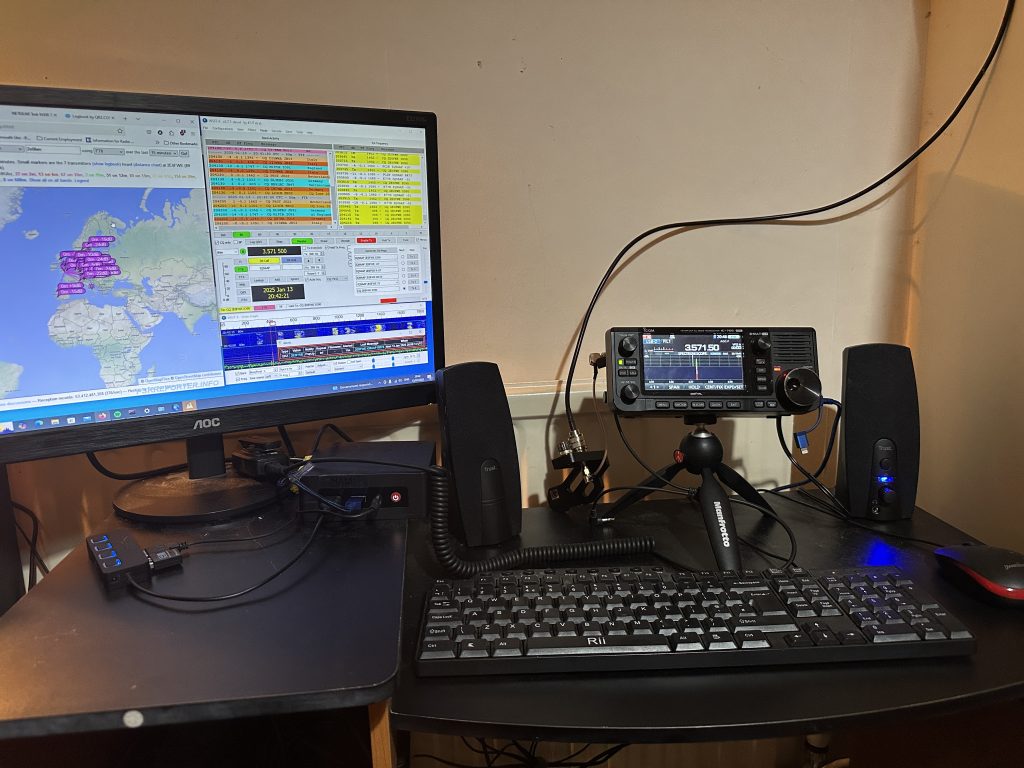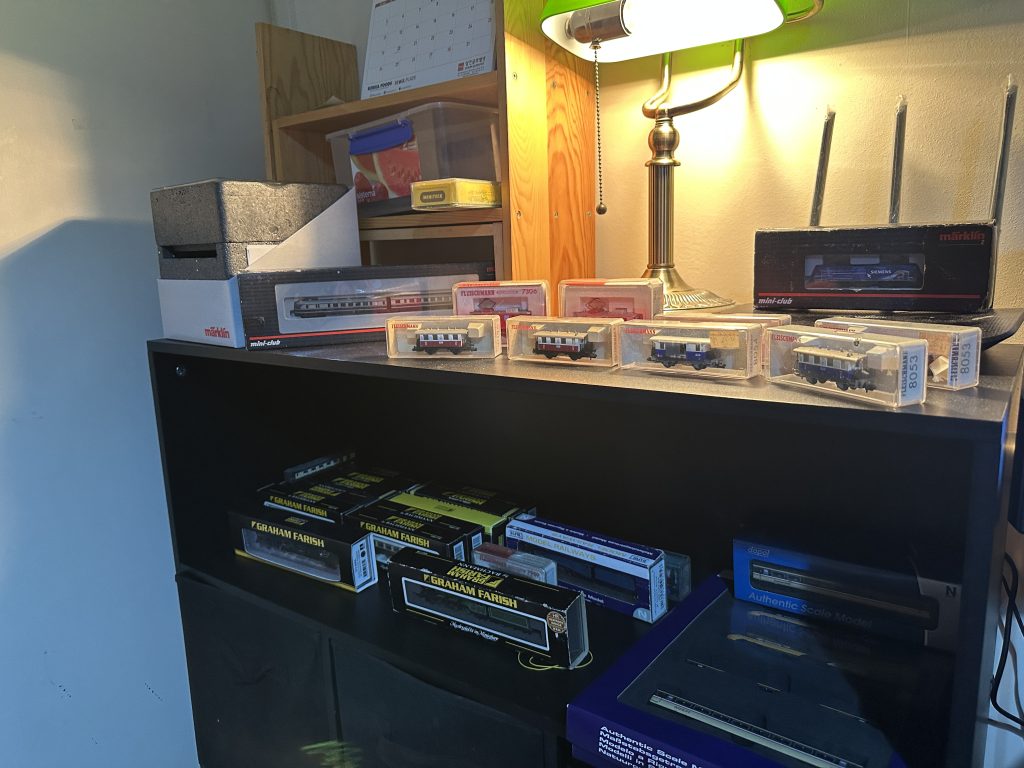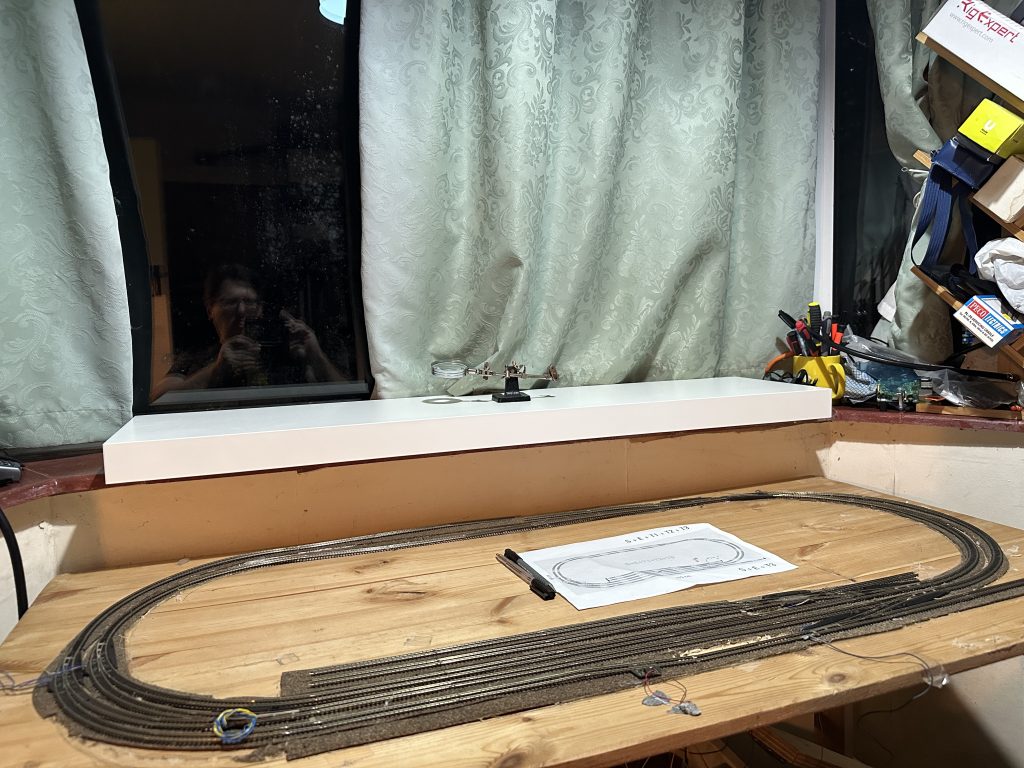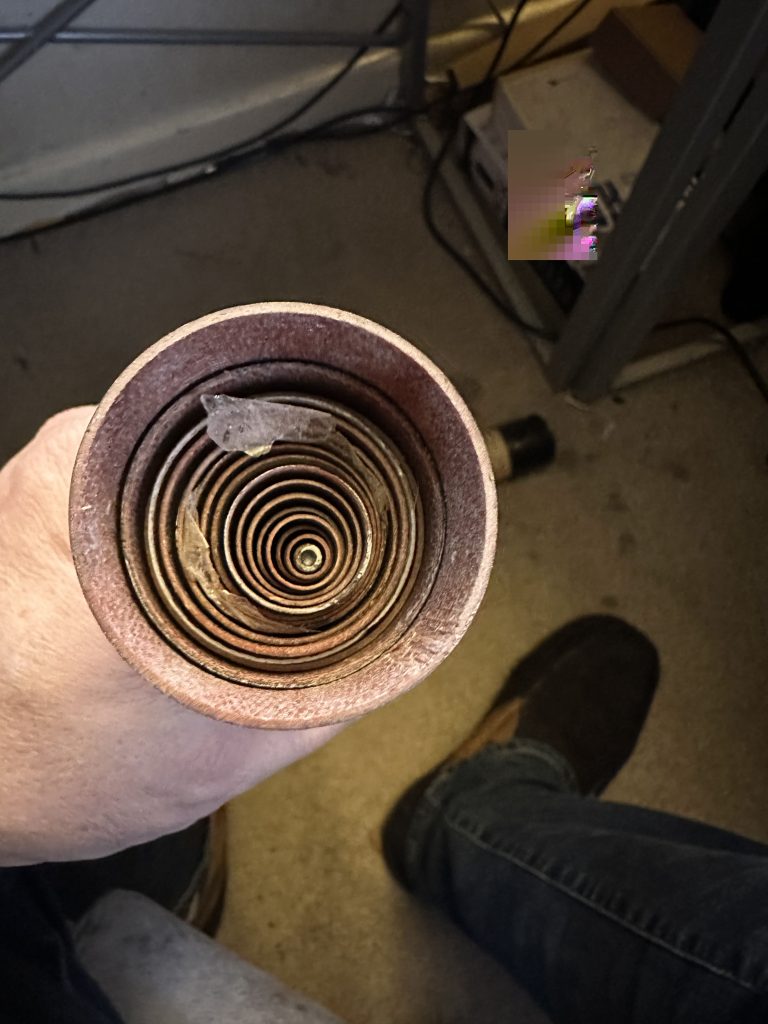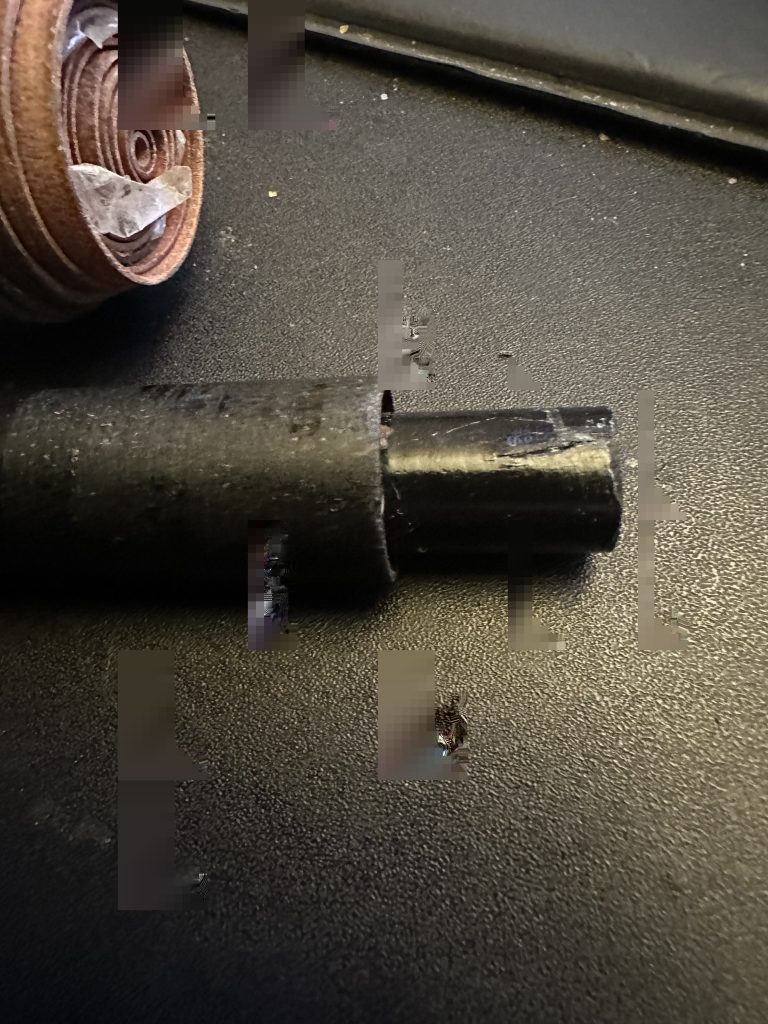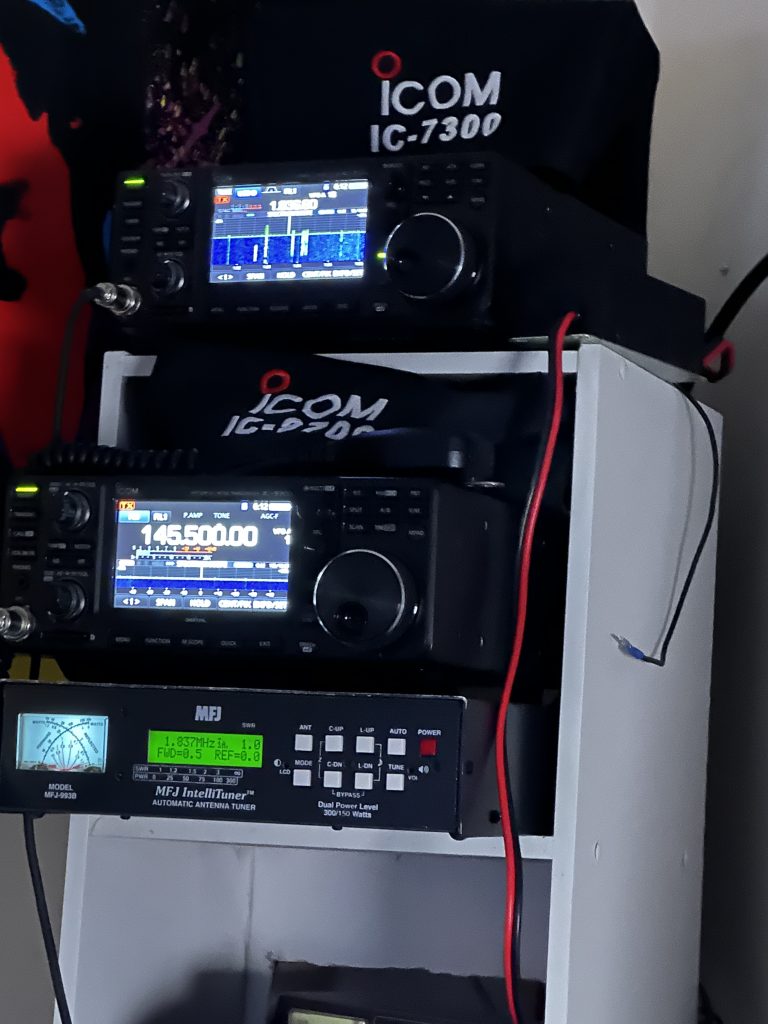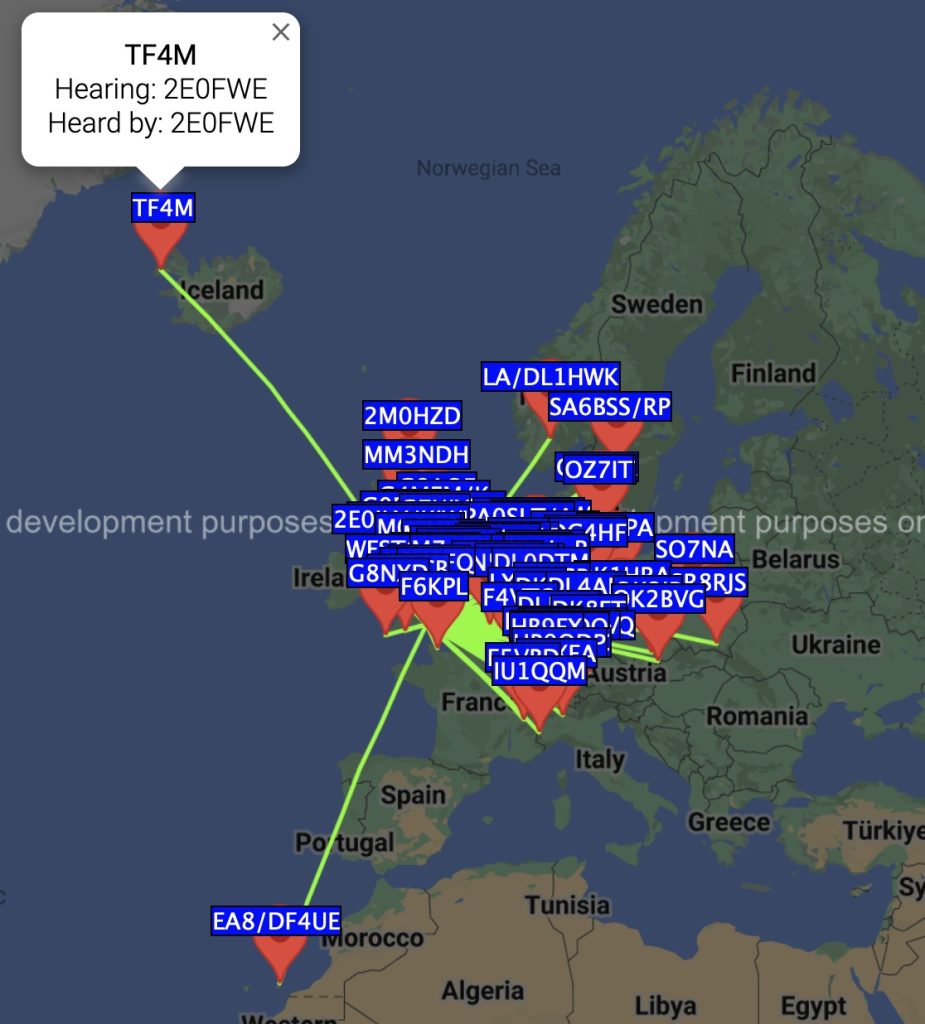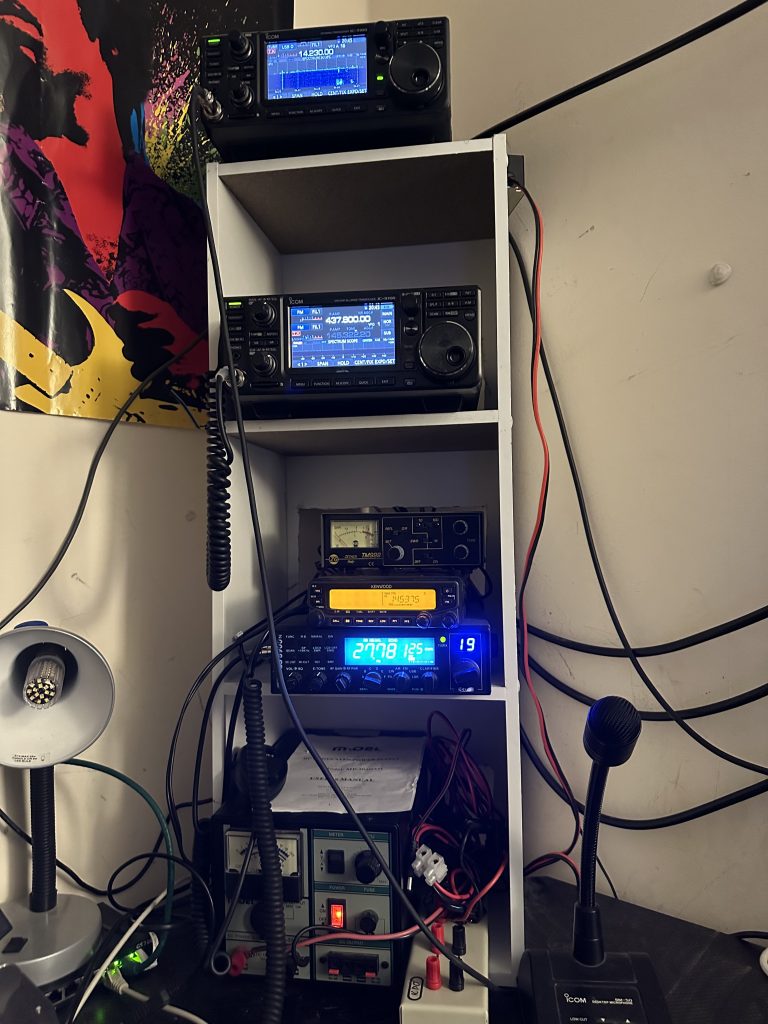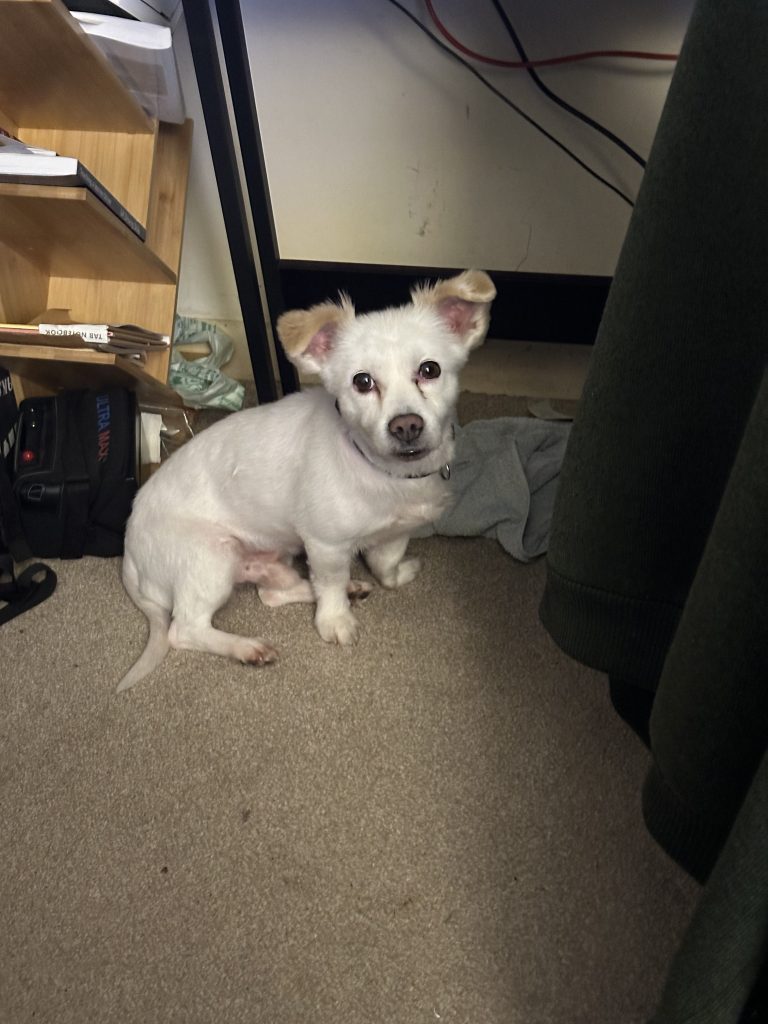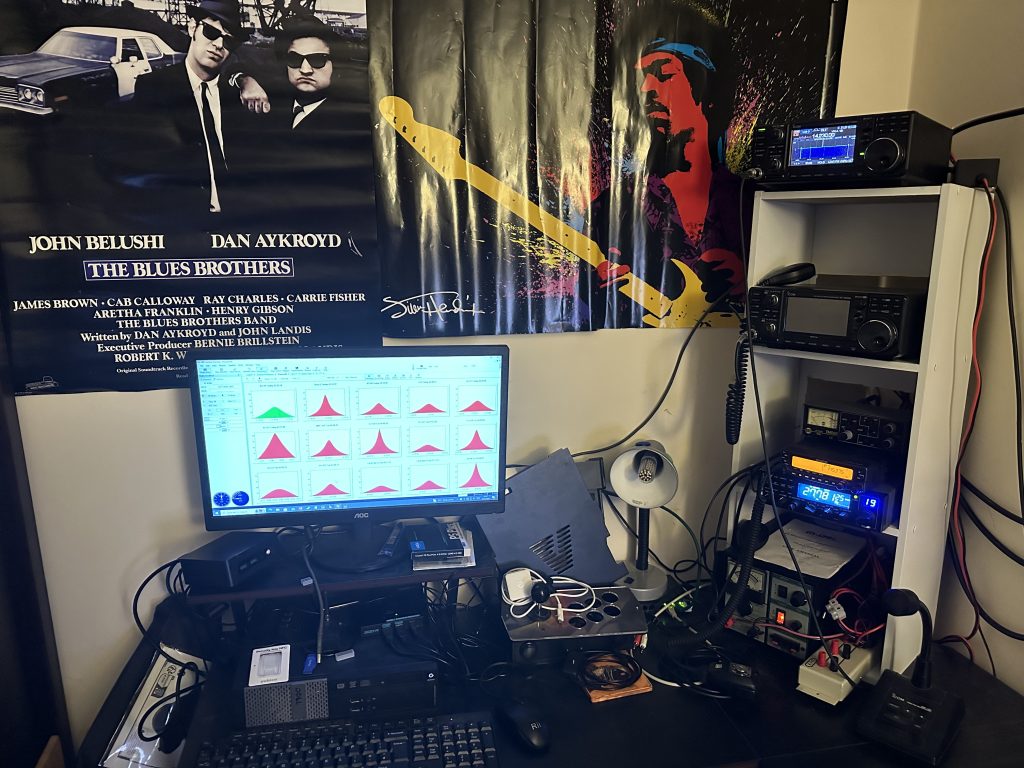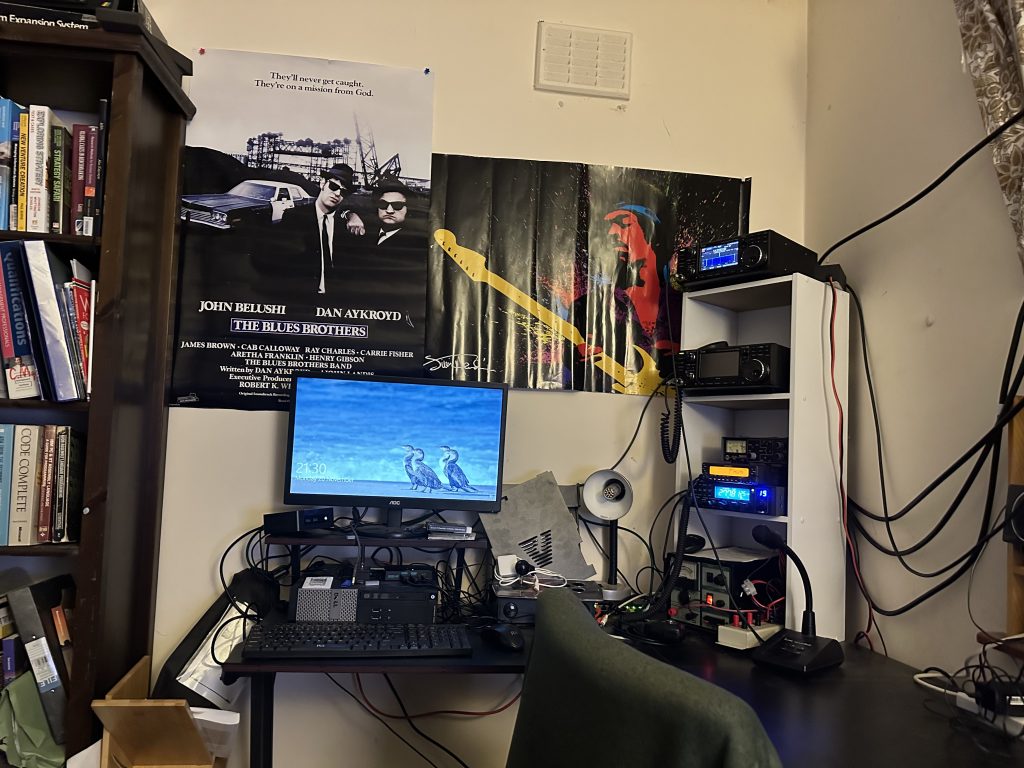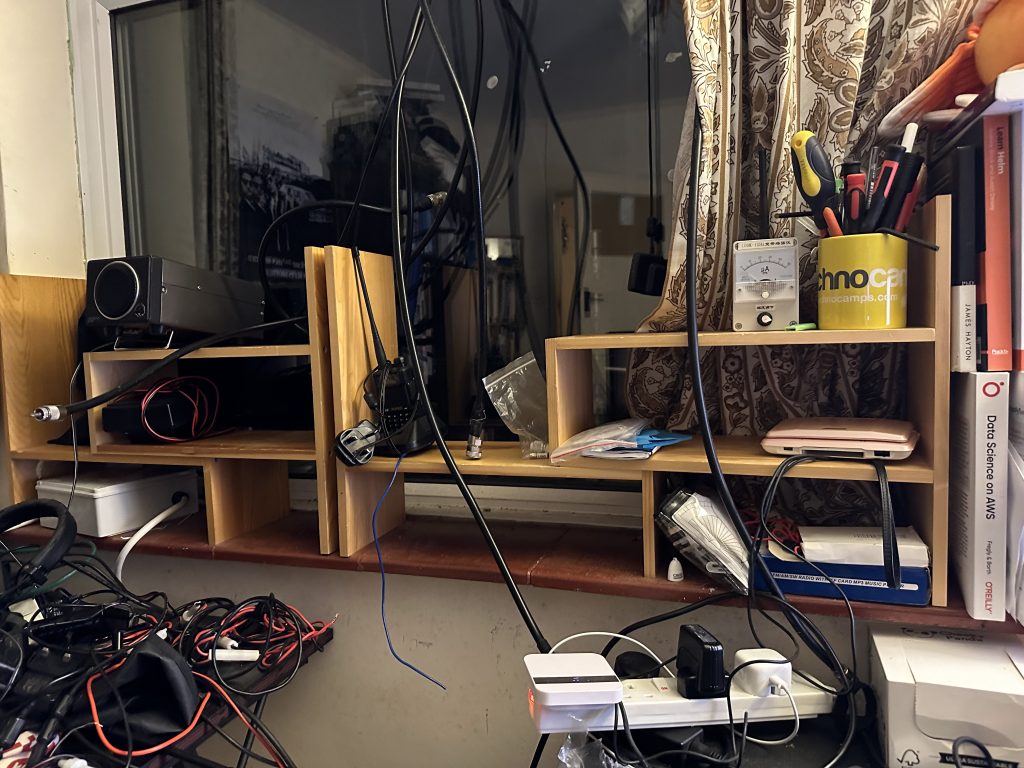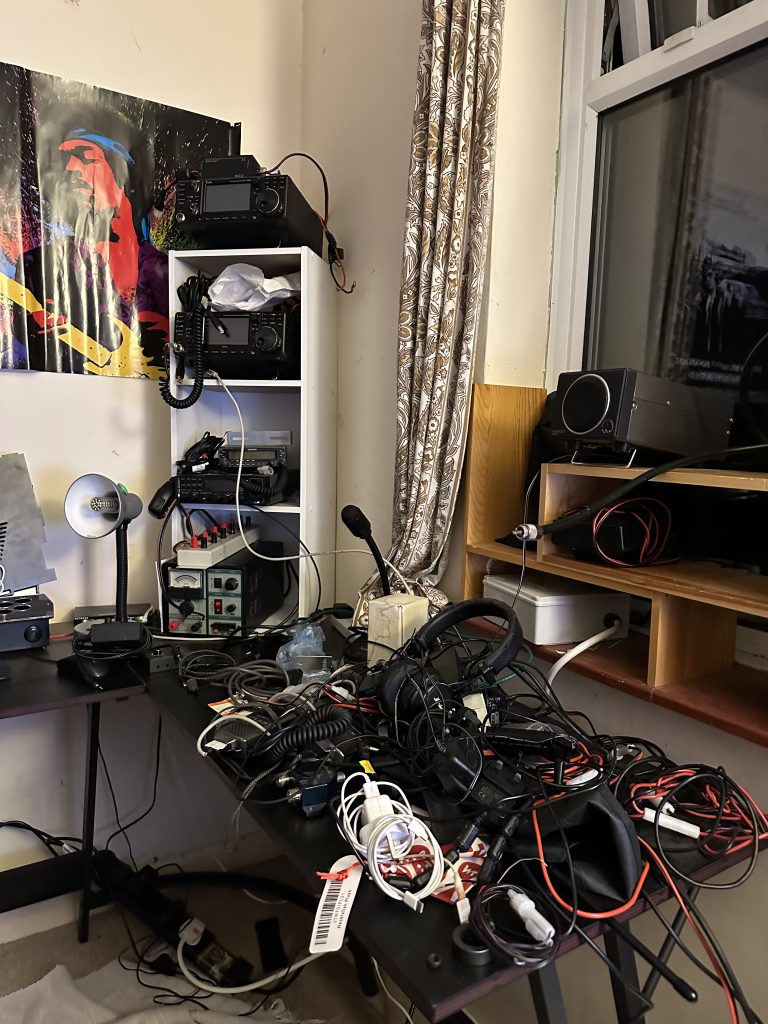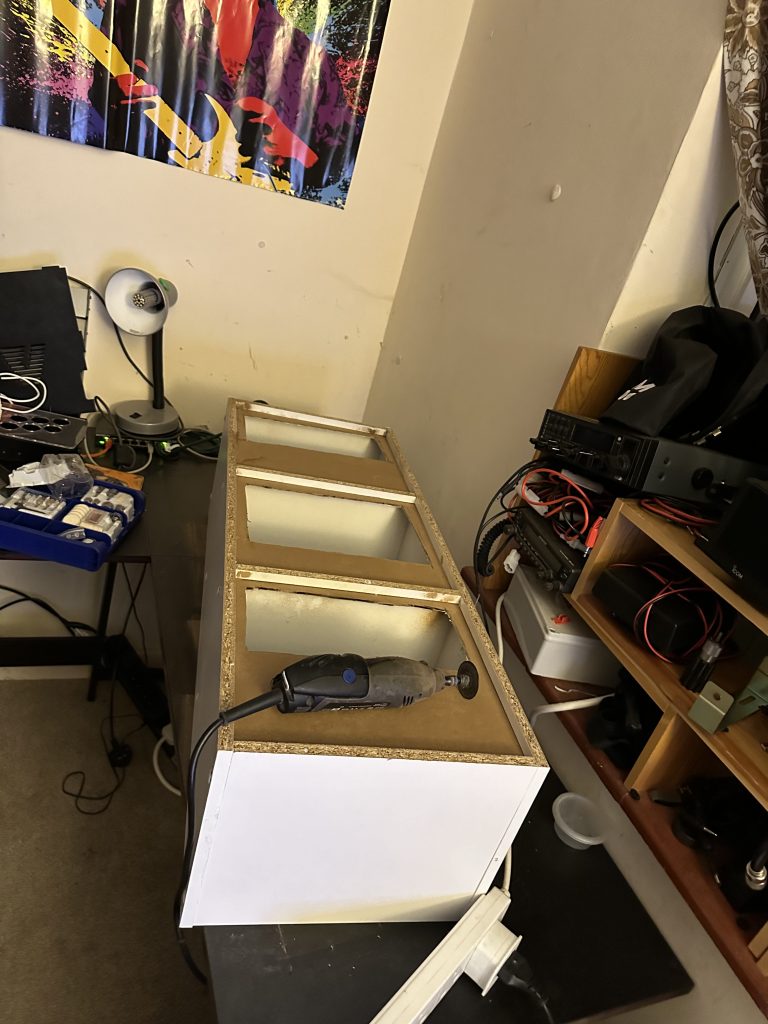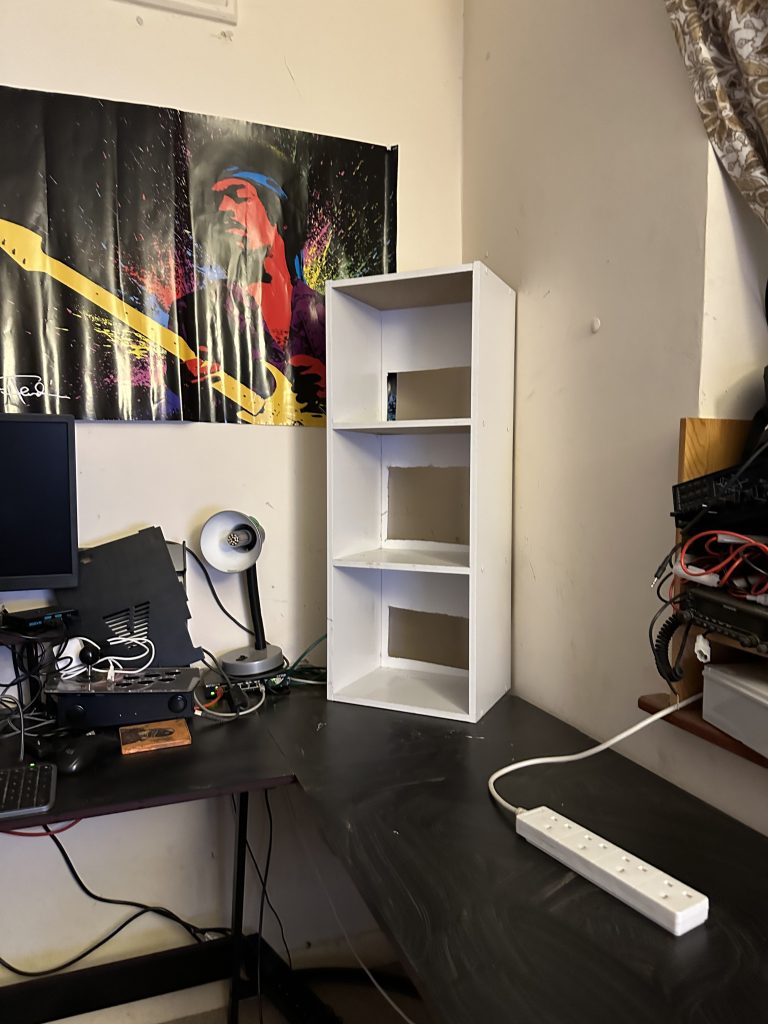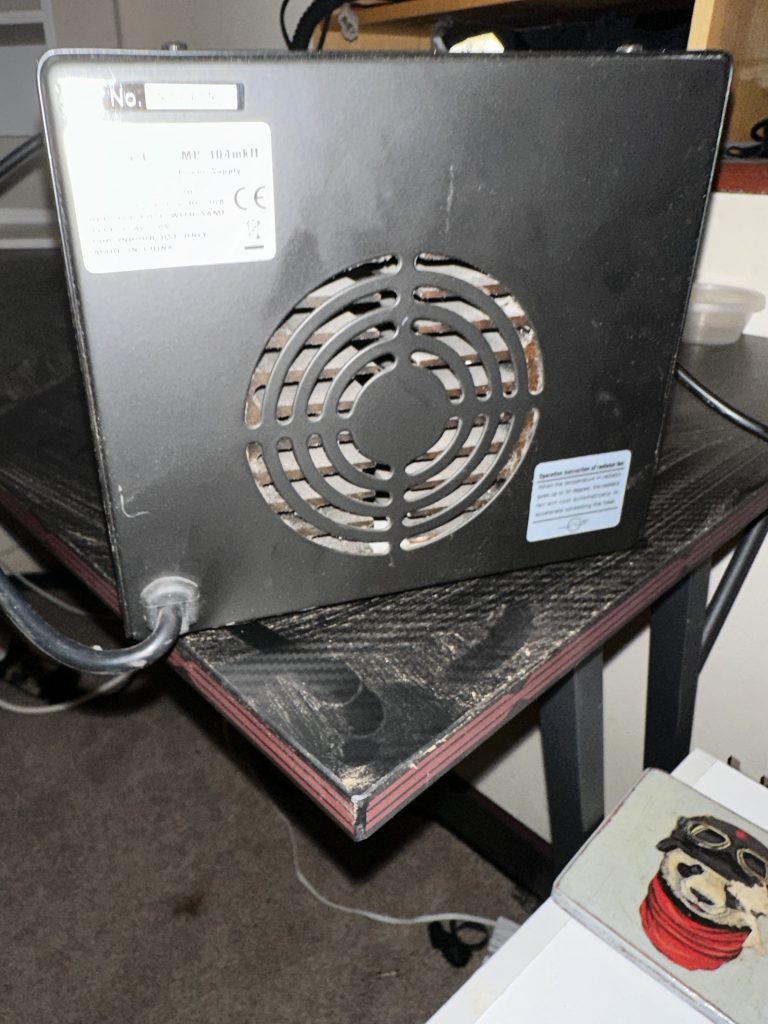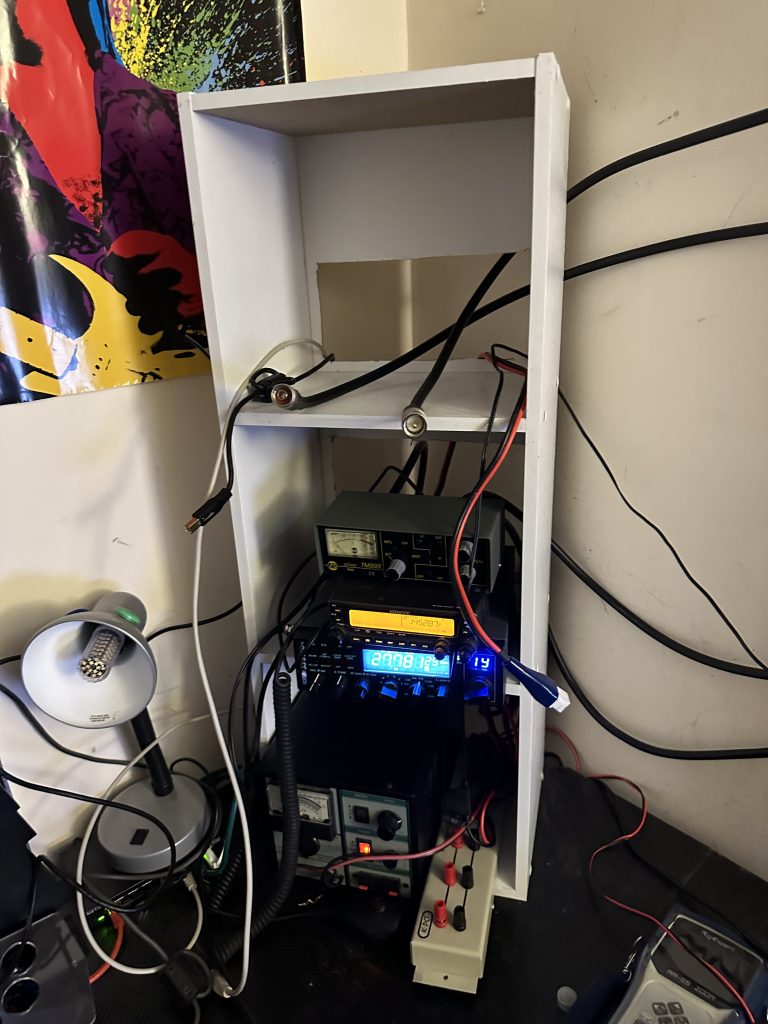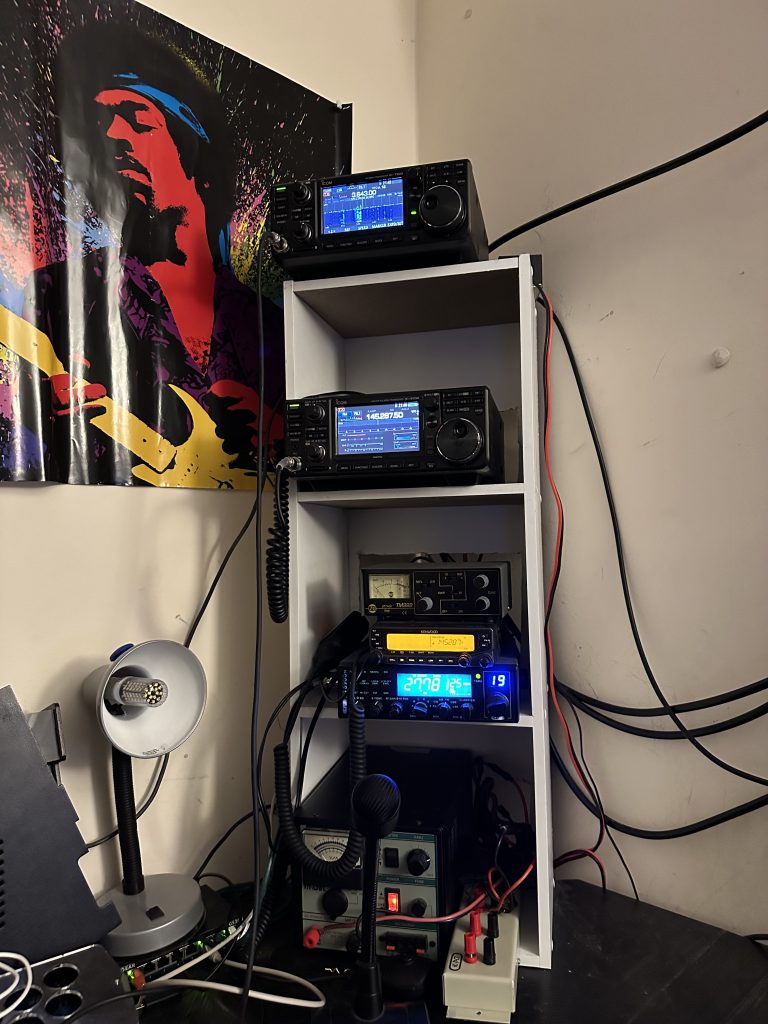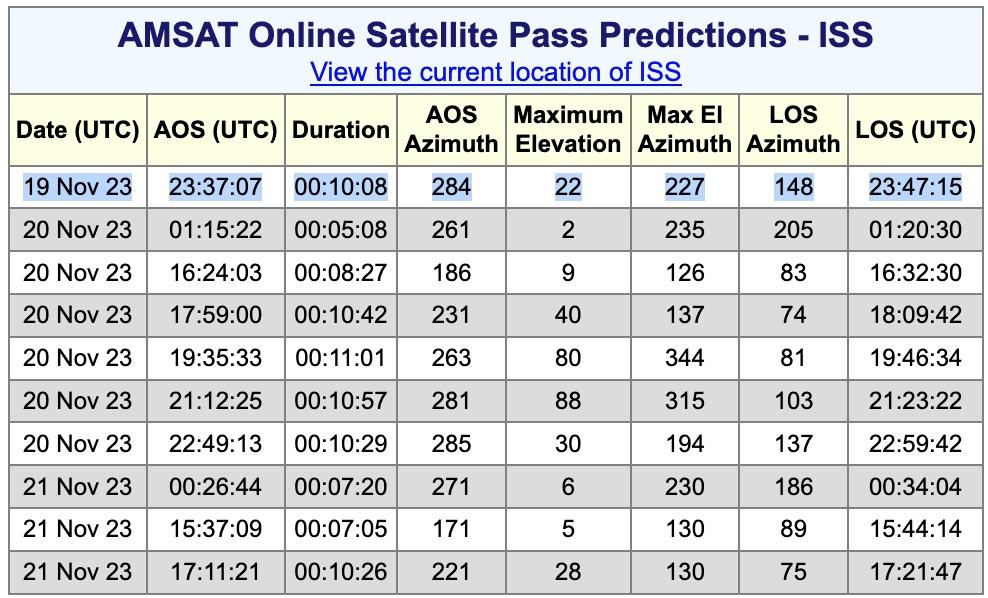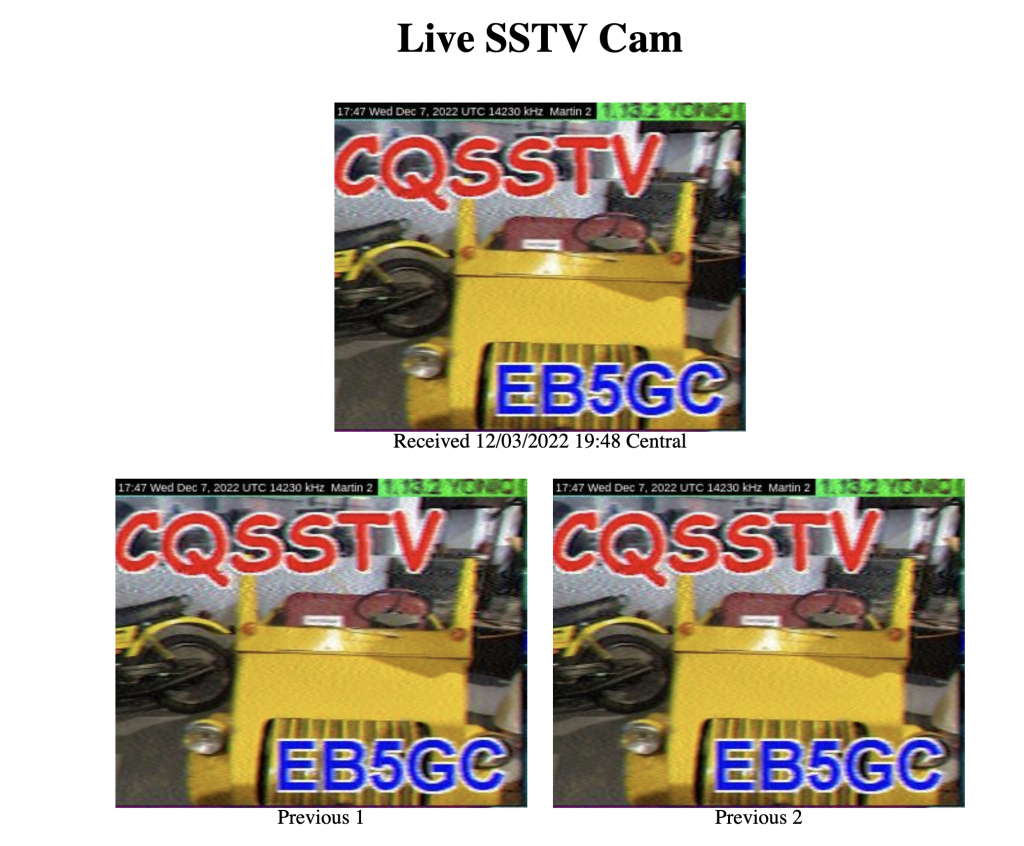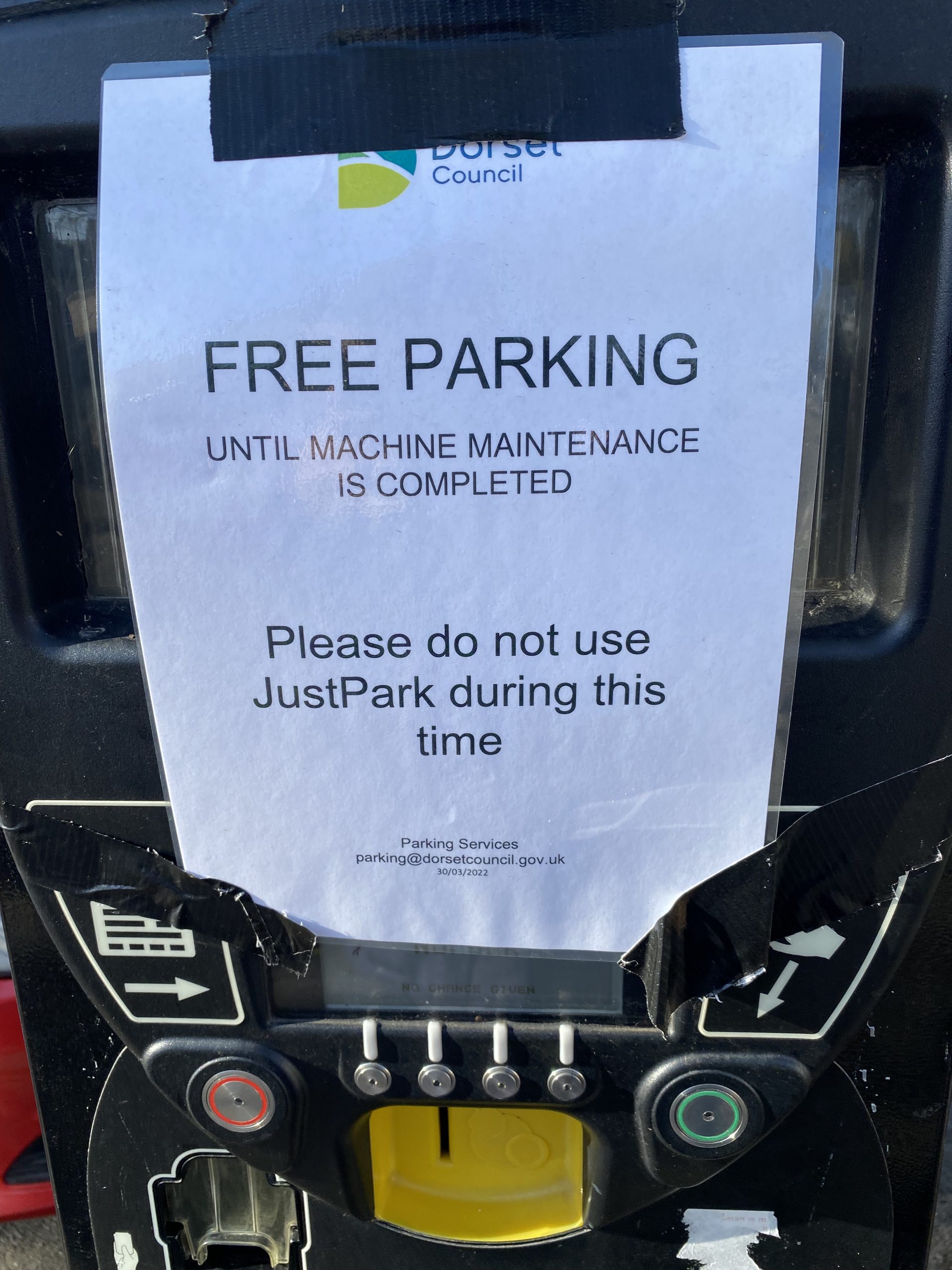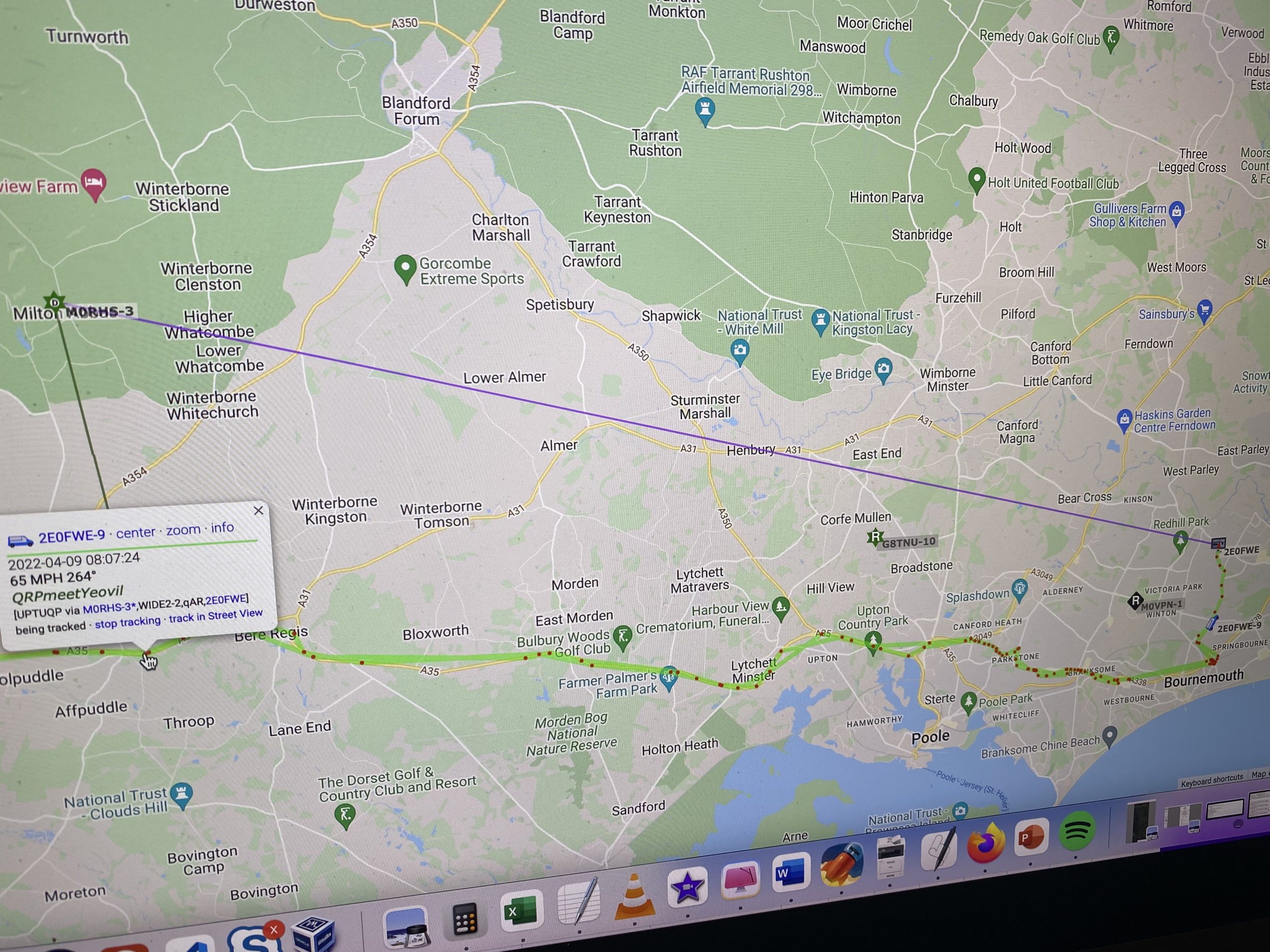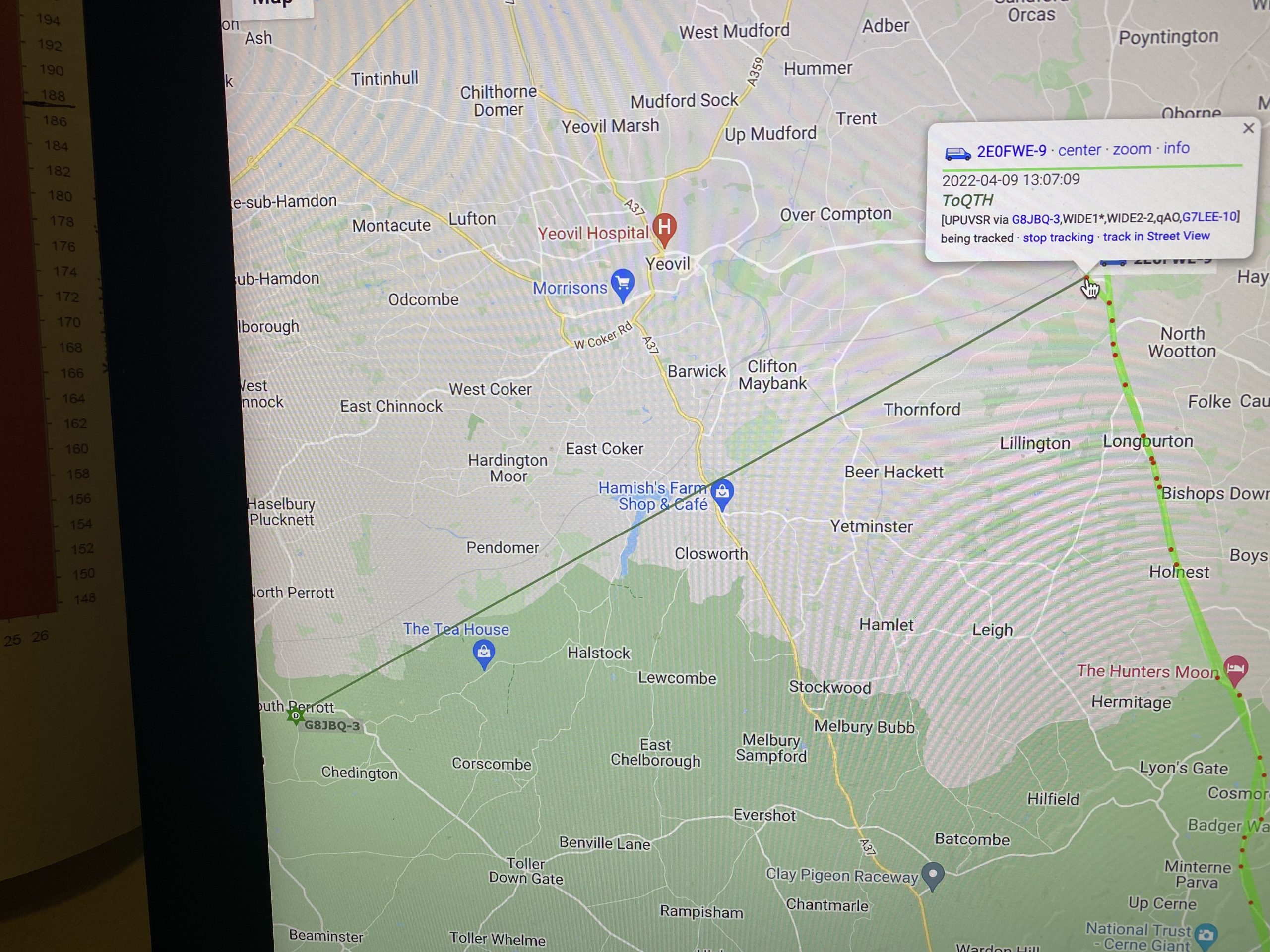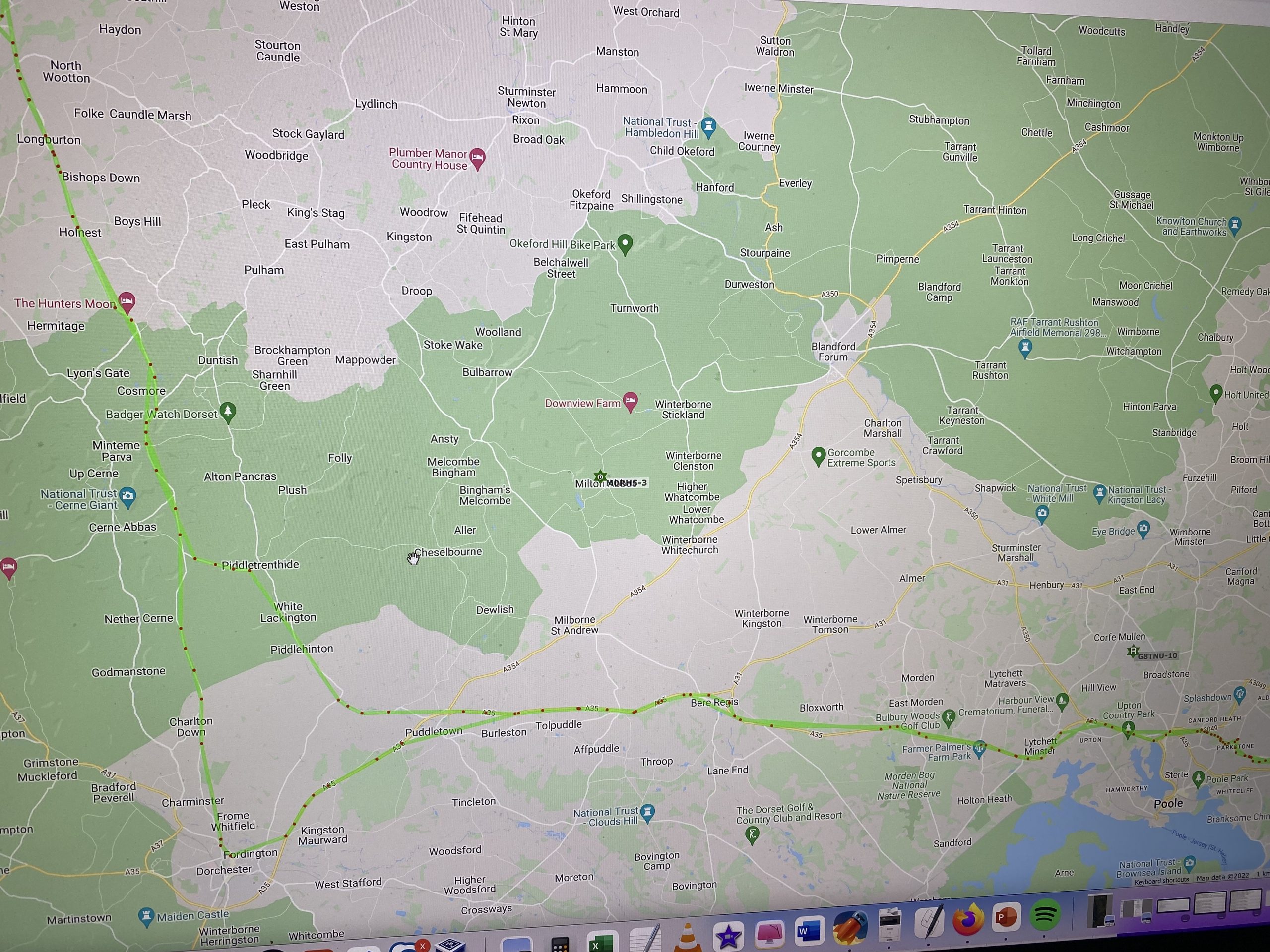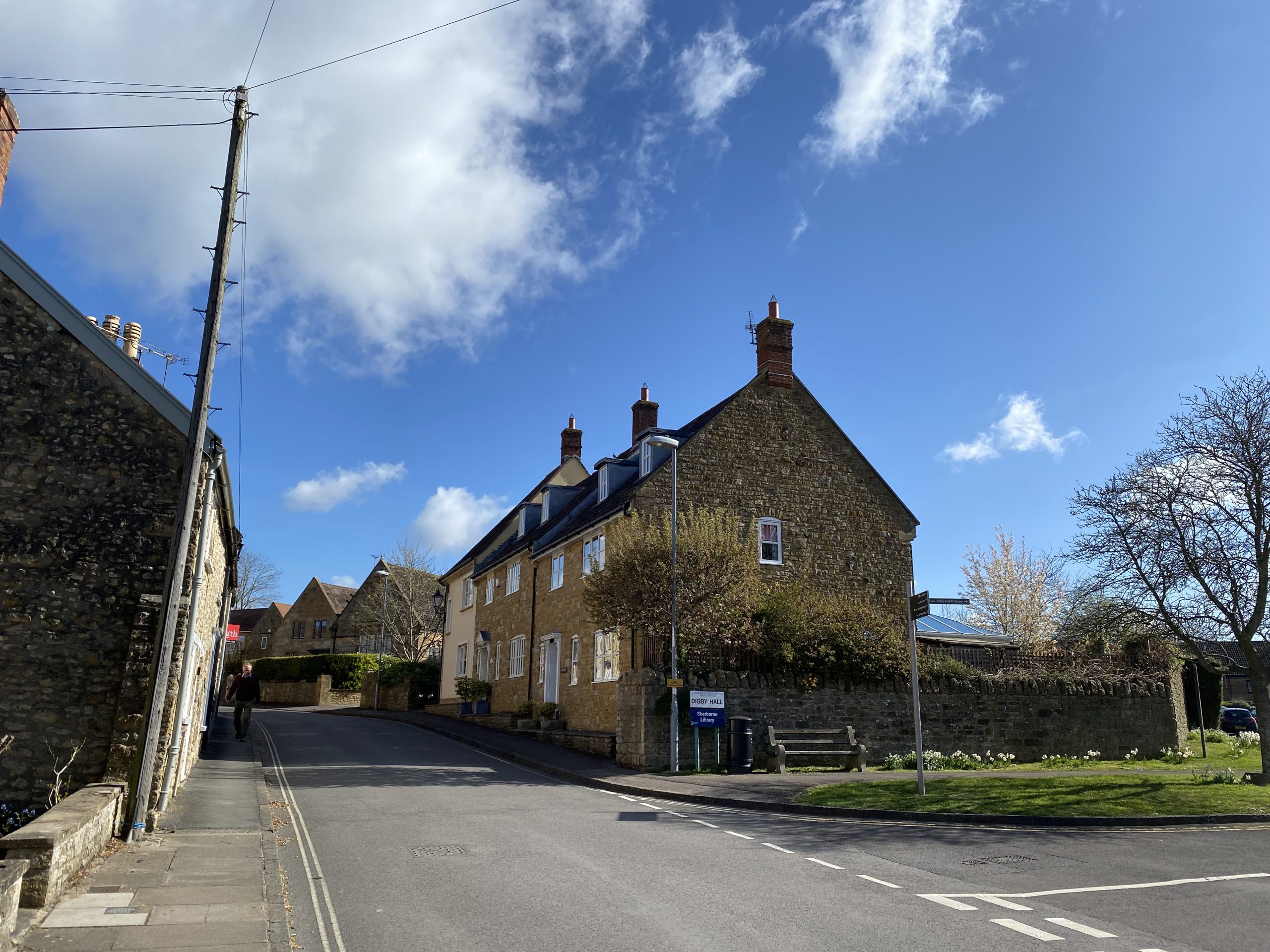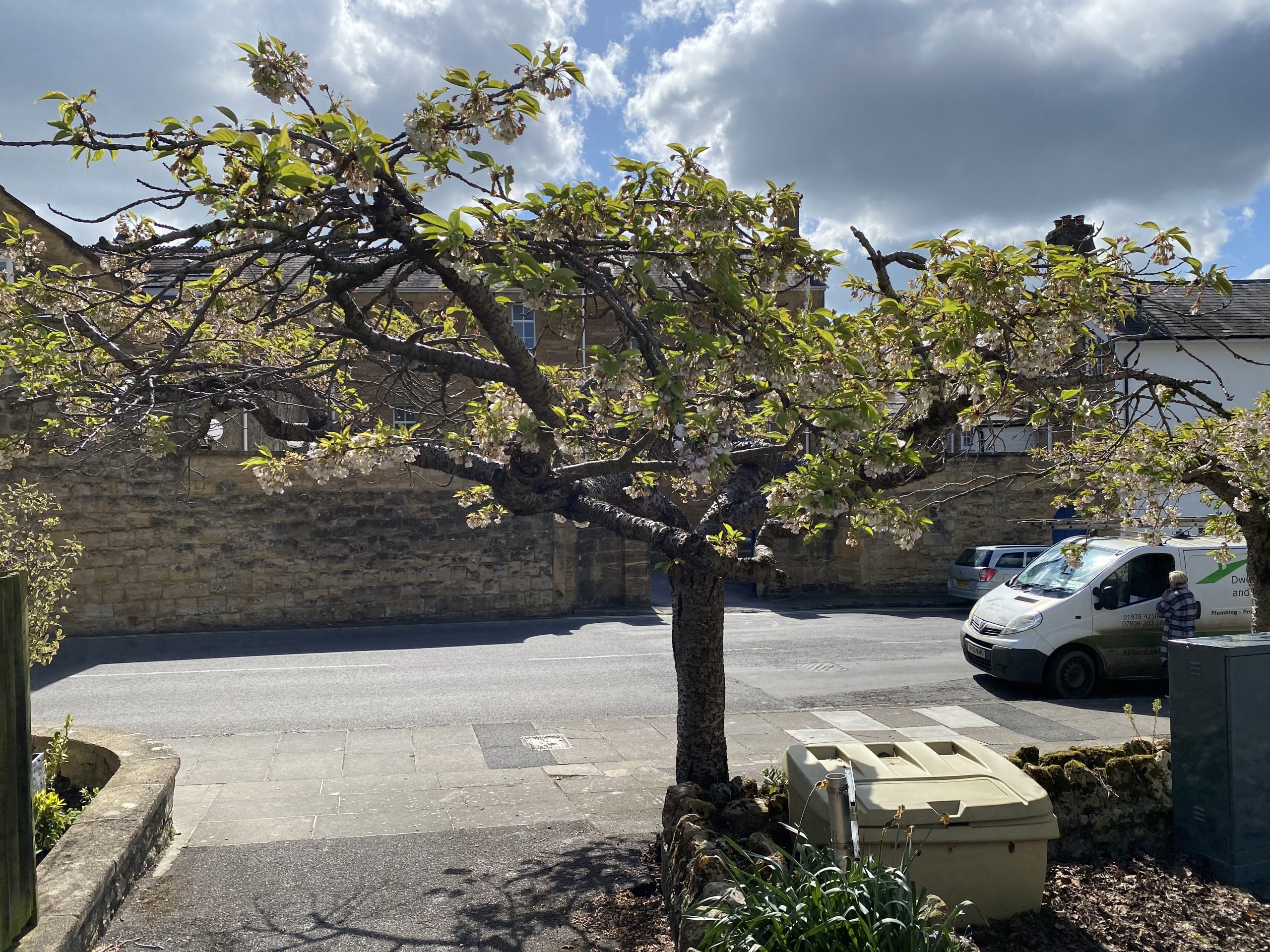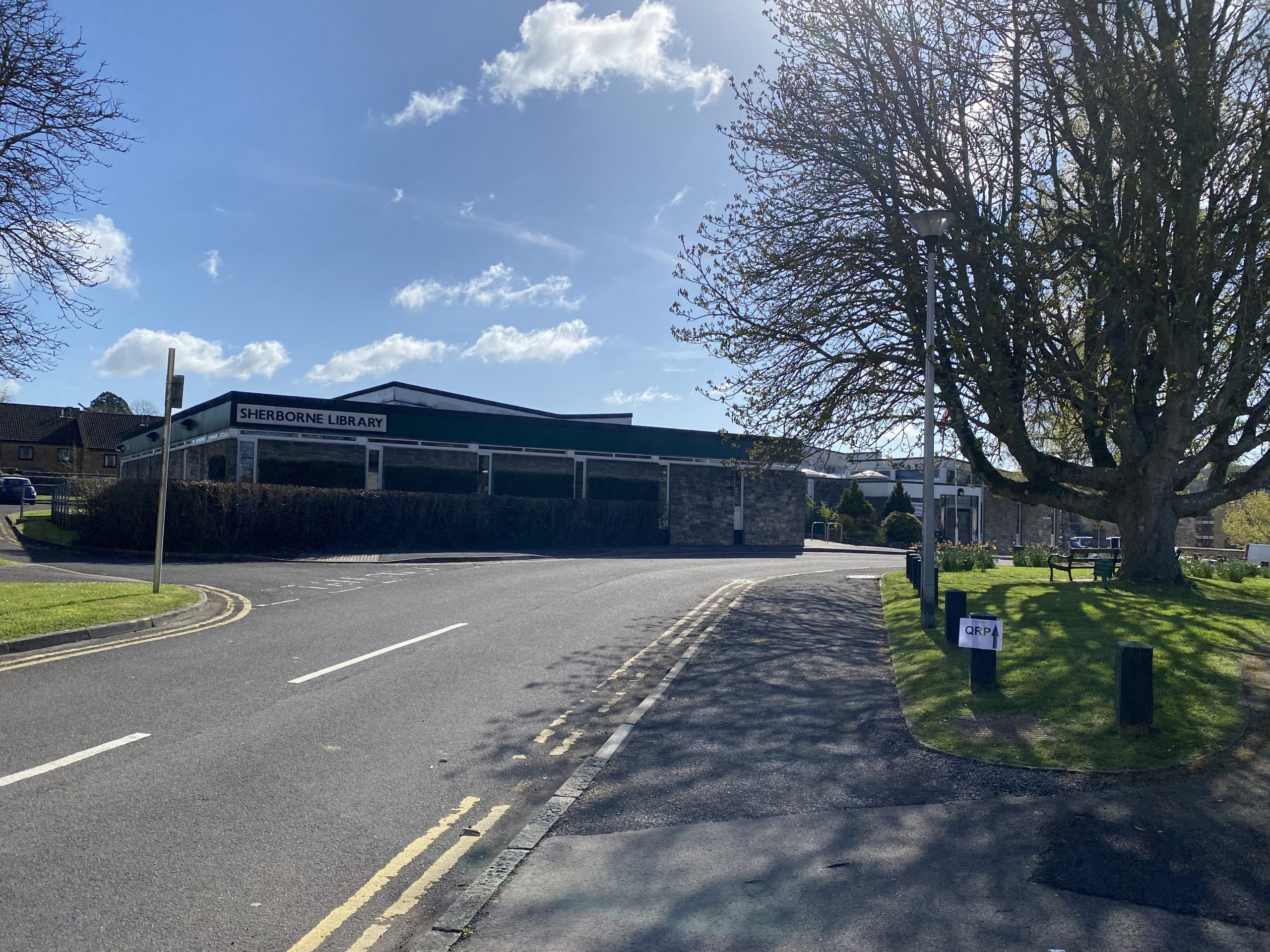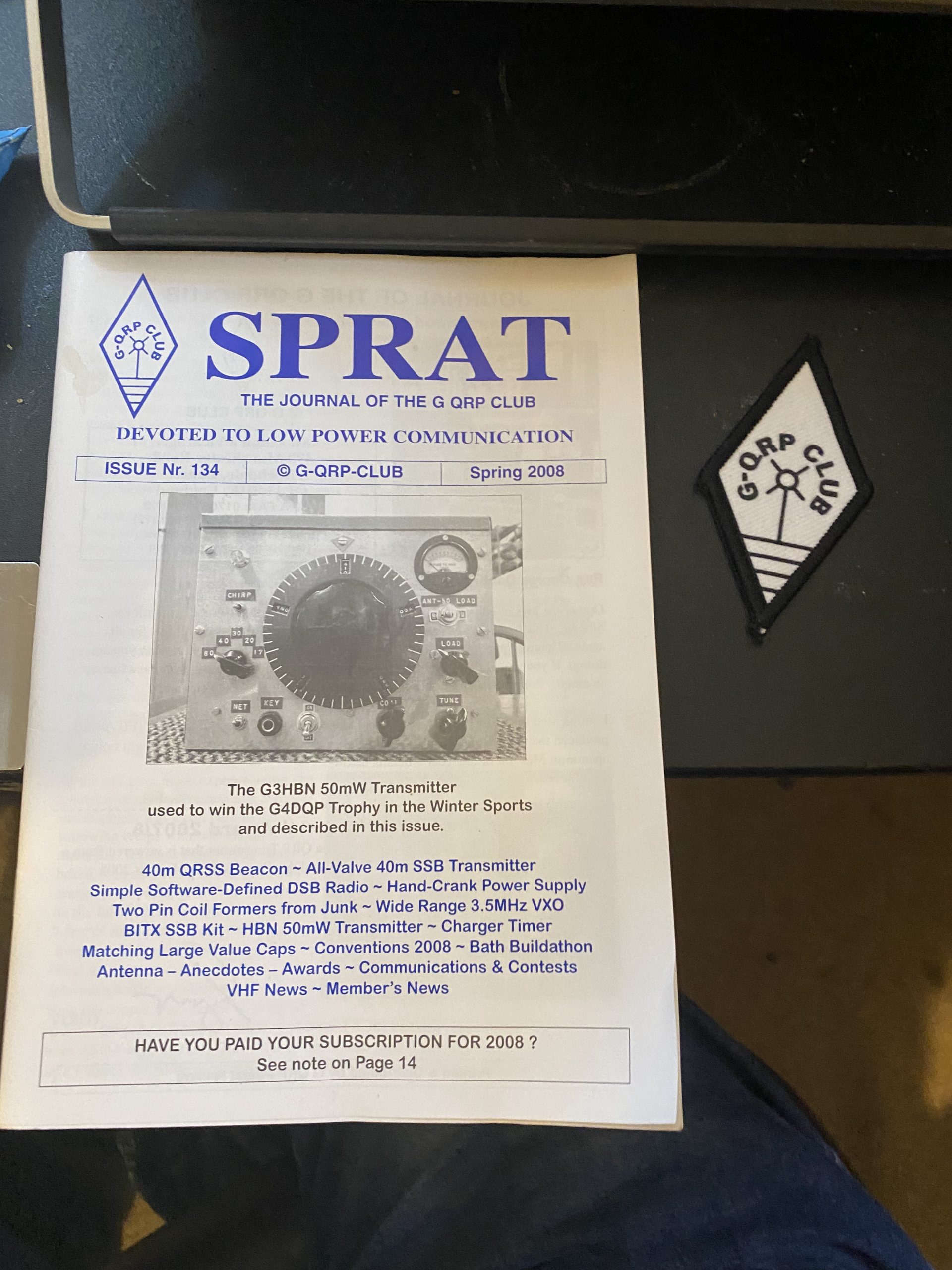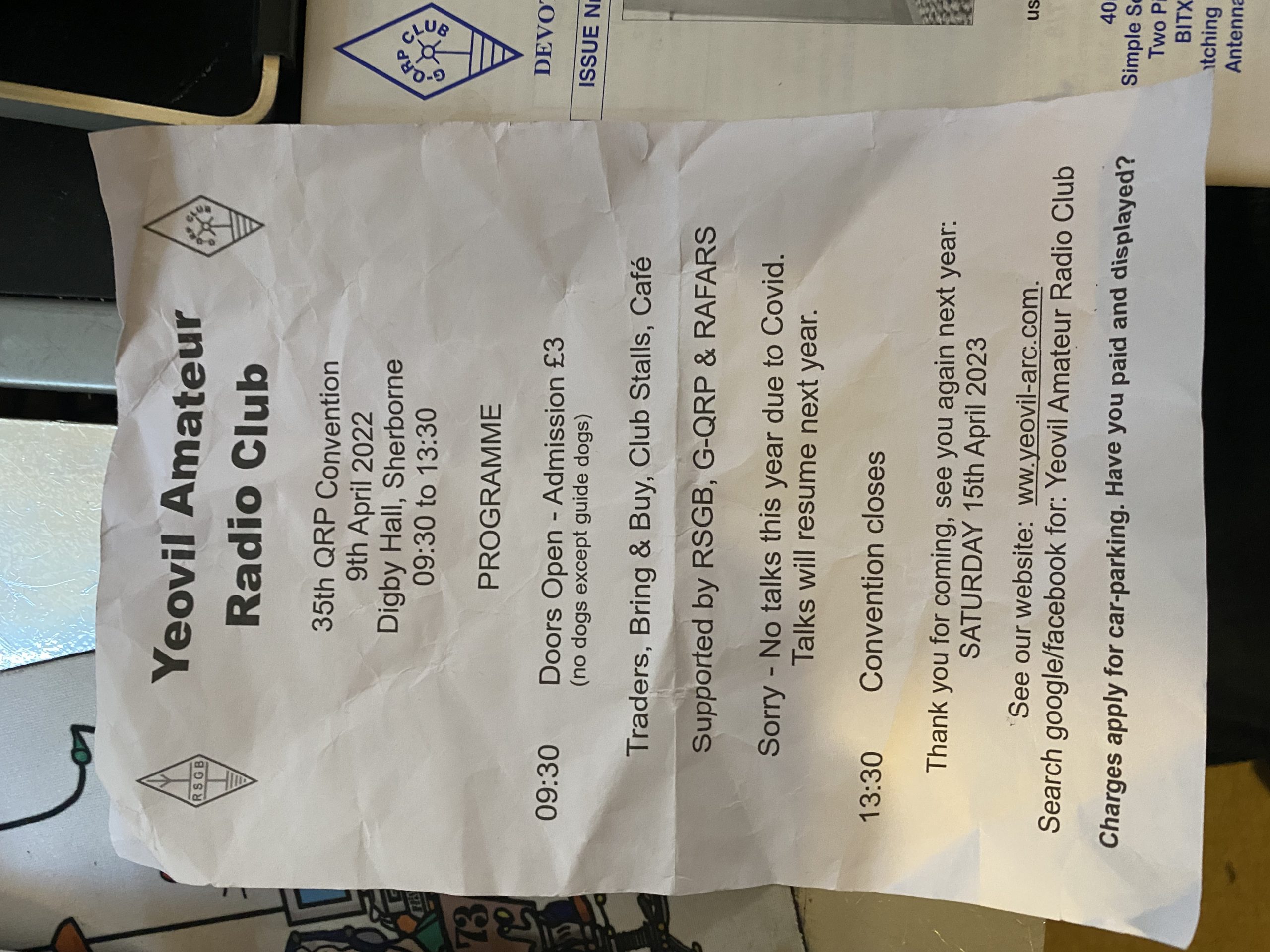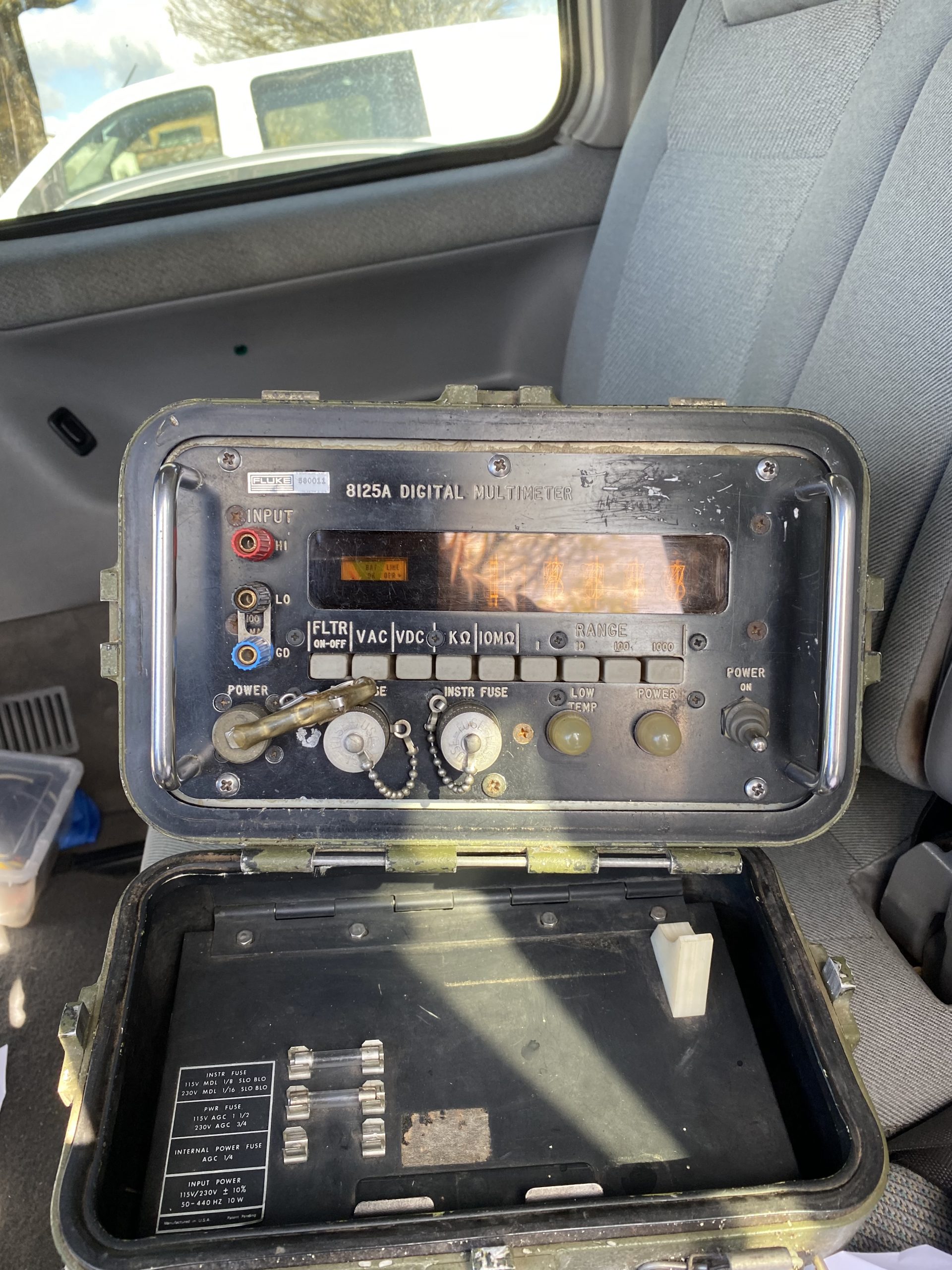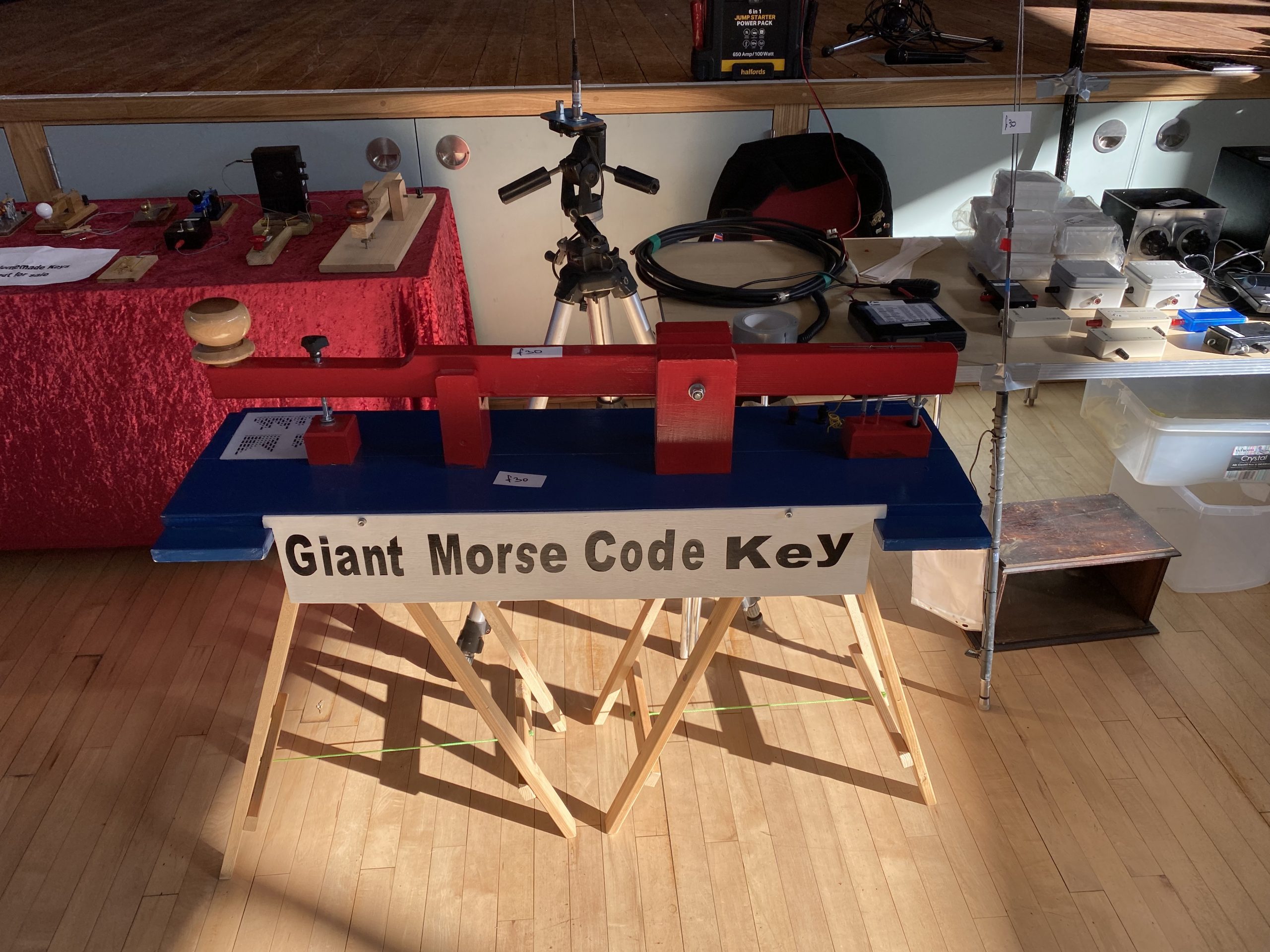So without seems a blink, June and July passed so quickly I only realized that I’ve not really posted an update on the ham radio blog ! Still it gives me plenty to update about.
Beyond QRP with the IC-705
I’ve been using the IC-705 at home since last December, I’ve not been out with it since last October due to work and study commitments, but I’m sure that will change soon. With more operating from QTH I decided to go beyond the 10W the 705 puts out. Having seen as many favourable reviews of the MicroPA+ and as many unfavourable ones, I decided that it had progressed to a point that the favourable reviews and recent software updates had stabilized the issues seen in earlier versions.
Having also used a ‘tripod’ stand that I used in the field, this can be slightly ‘wobbly’ on the desk. A simple, but elegant looking mount mand the 705 ‘firm’ to the touch and looking tidy.
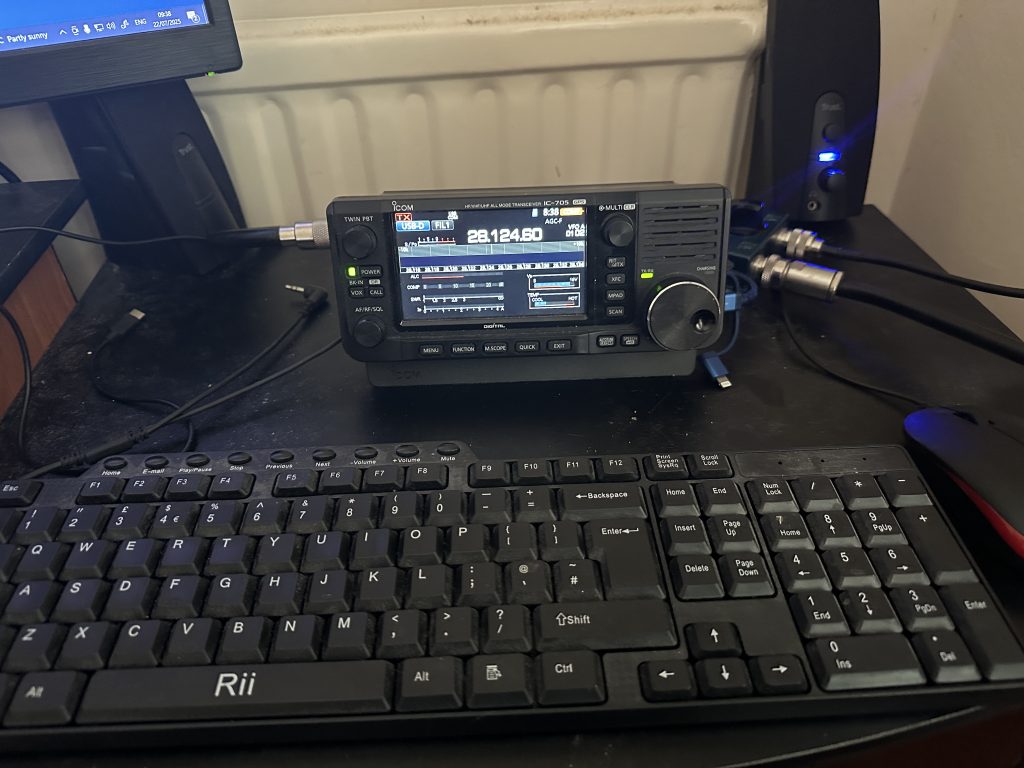
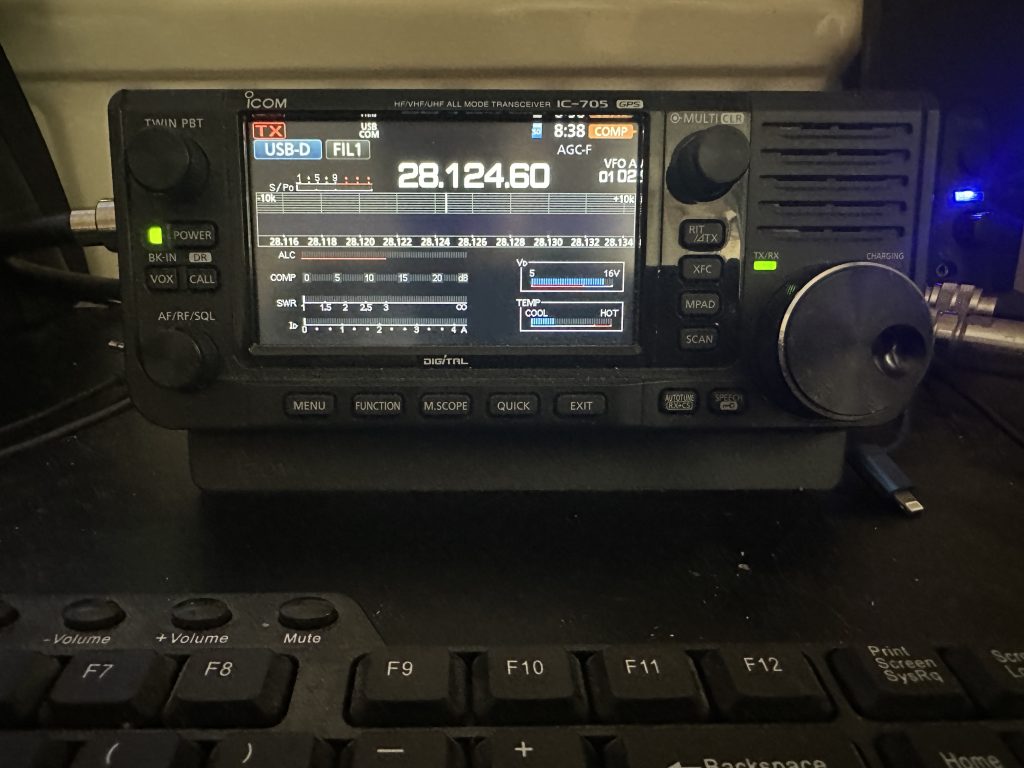
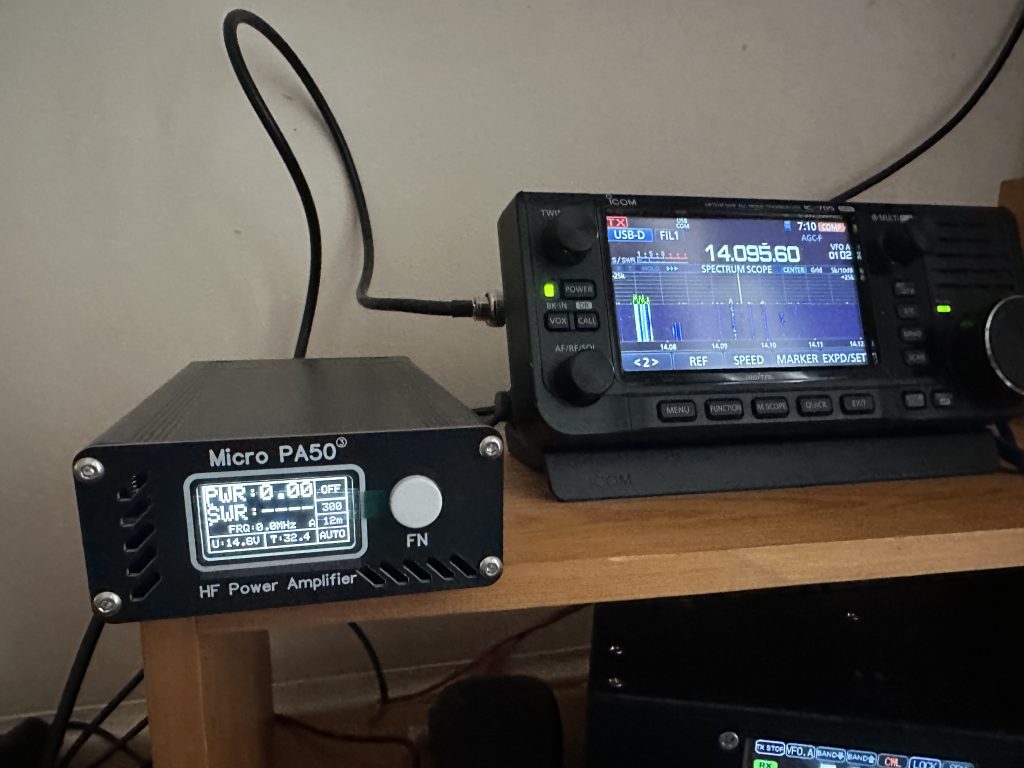
I received the Micro PA50 – and it rather than a + it was (3) – i found this was the latest version, and not to worry about it, it was a good thing ! I ran the MicroPA for several hours, but then sadly it completely stopped working – not even a power on – having been so excited for this tiny amp, I really gutted that it failed in such a short time. I packed it up and sent it back, and got a full refund credited to my account, and I got another. I had to spend £1 extra, but wanted to give the amp another chance. I was impressed with the engagement from the vendor and the refund was done so quickly tho.
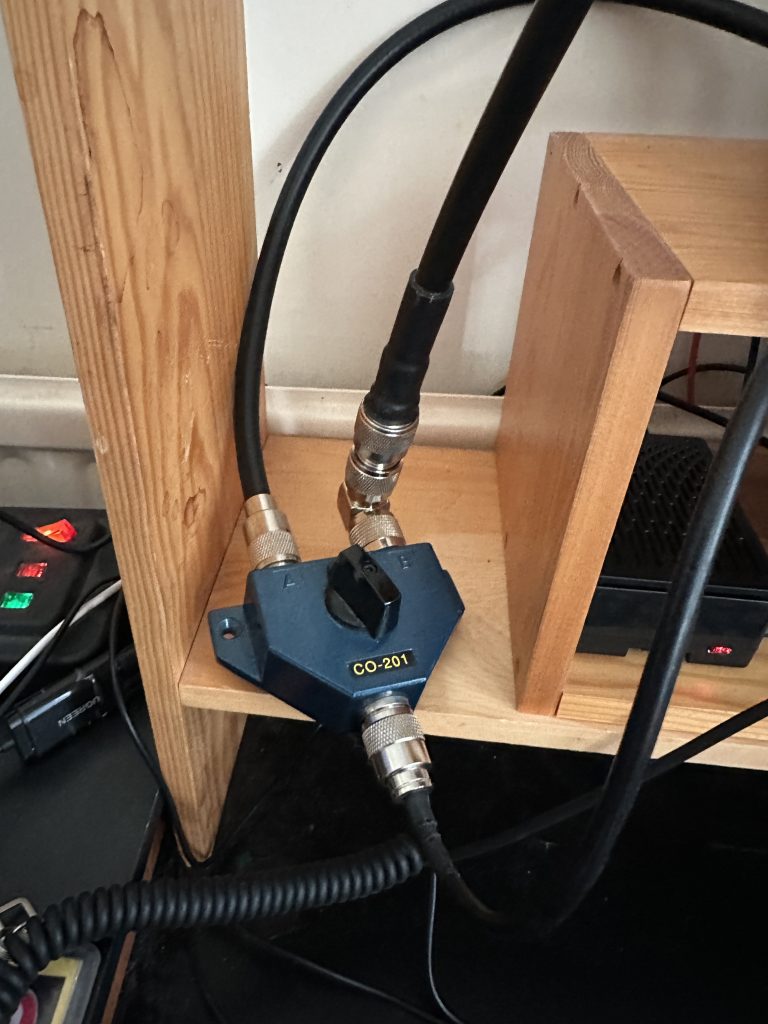

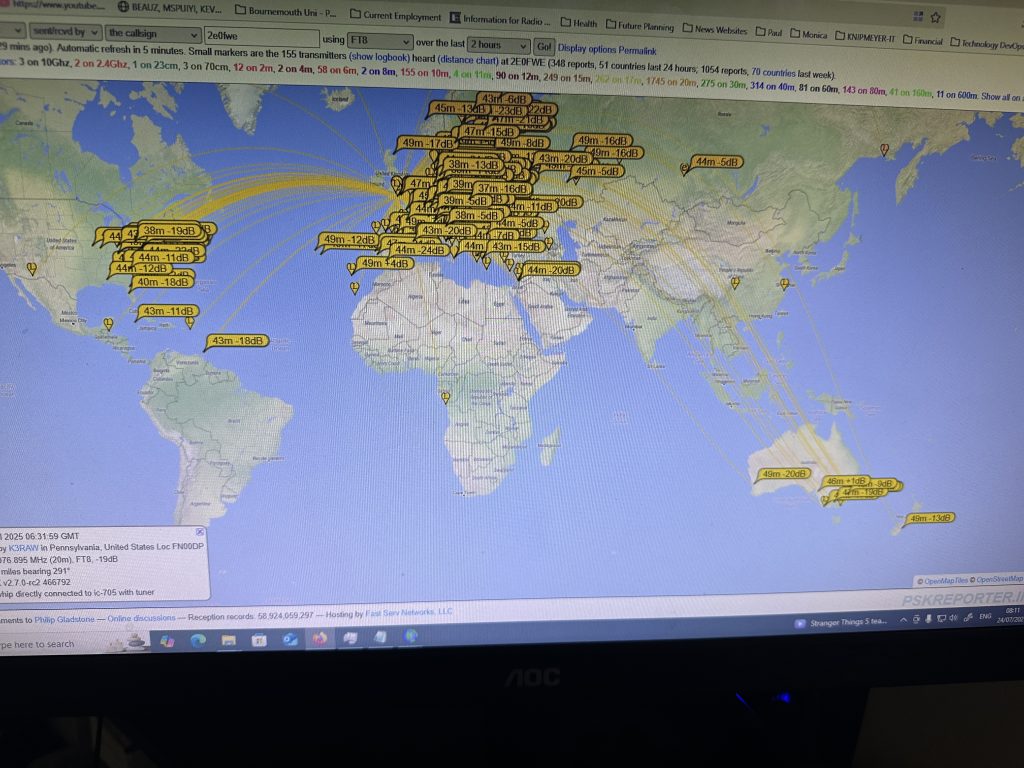
Having had time to rejig the shack, i took the feed from the UHF/VHF vertical into a switch, so I can easily go between HF, 2m and 70cms – getting full utility from the 705 – the vertical also works really well with airband ! In no time at all my replacement amp had arrived and i was testing with FT8 quickly and was impressed that it worked great – no issues at all. I kept the drive power down to 2W on 20M and was able to get 25W from the amp – and really good SNR readings from PSK reporter.

Whilst I’ve not been able to get out for PoTA, I have had a great time being a ‘hunter’ – band conditions are not the best at the moment, so i’ve been really impressed with the activtations that have been done. Since having the amp I’ve really taken to SSB Telephony but for PoTA hunting and on the bands at night when conditions have been better. With such low power its been amazing to make such good contacts.
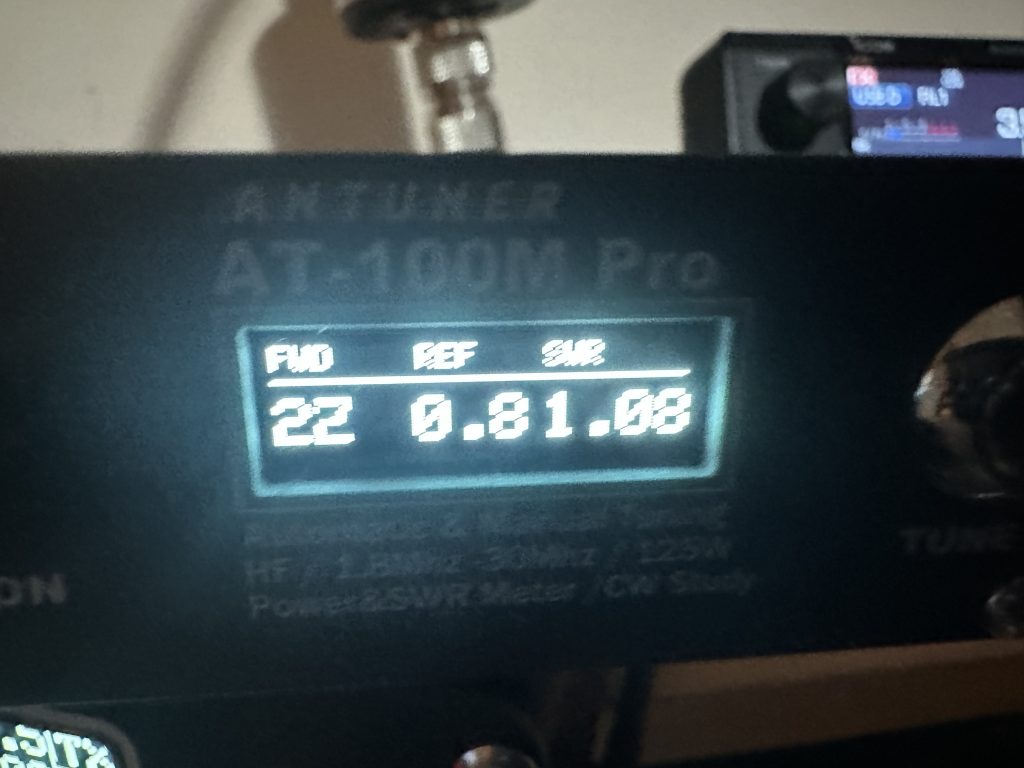
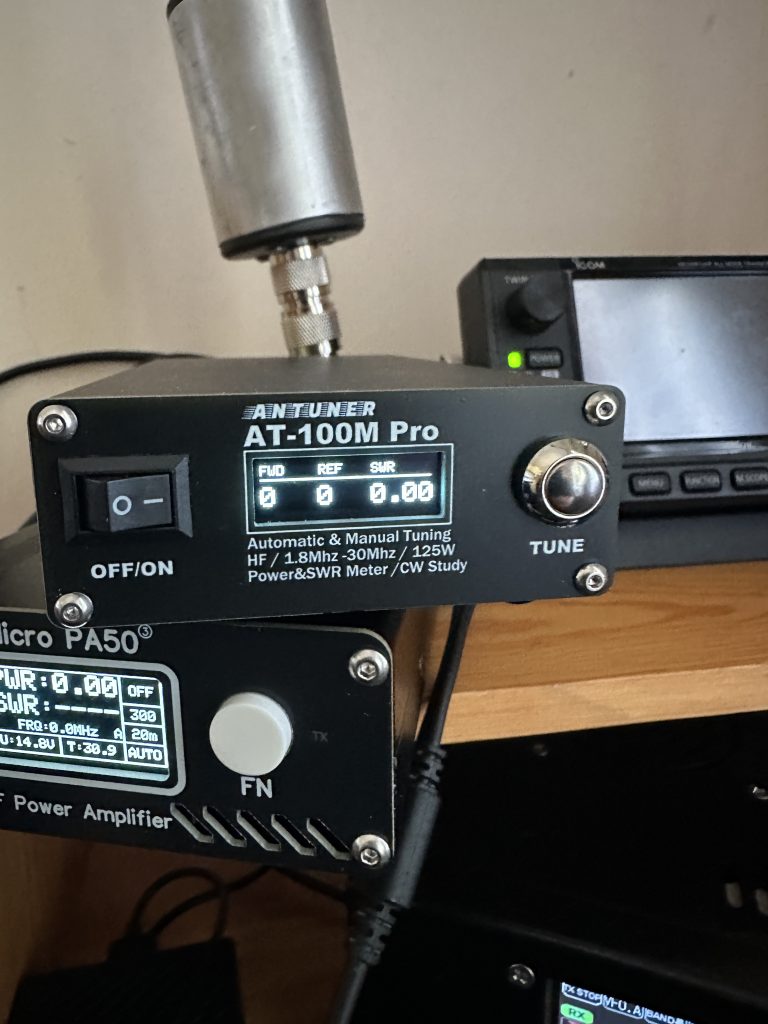
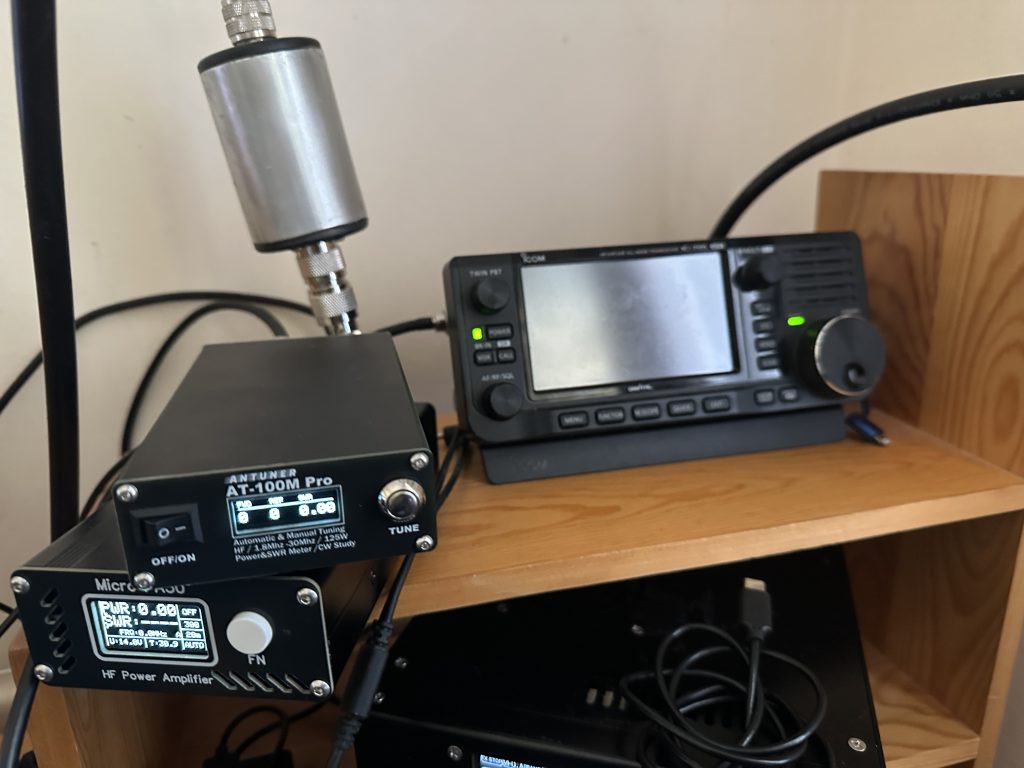
My ambition is to get out and get on the air, at home i have an excellent UK Antenna EFHW 80m multiband wire, which is brilliant, where as in the field I have less options and much less resonant antennas, making a tuner essential. I already have the MAT tuner specifically for the IC-705, but that is only capable of tuning 10W max, so an upgrade was required. I search and the AT-100MPro looked a very capable ATU – I hooked up the amp first, then the ATU connects to the EFHW (with a nice 1:1 Balun). I had no trouble tuning the antenna to any band i wanted to get on, even top band !
The plan is to get the amplifier and the tuner into the IC-705 LC-192 Backpack which has my vertical ‘toybox’ antenna on it. Getting this setup and on the air is my ‘target’ objective, as the antenna will take the power no problem and i’ll be really interested to see how it performs.
I will make more updates as I test this at home first then hopefully get out POTA soon !
Here a video of me on 80m via HackGreen
No More NOAA 🙁
So more and more NOAA sats are going off line, see the excellent video from save it parts here.
There is still METEOR stats, but I’m slowly finding that even the noaa-pi setup being very ilght touch, it does take mantainence/keeping it online. As Rasperberry Pi’s are always needed by me, I may well permentatly turn off my NOAA-PI setup. I’ve had it off for a week now, and found i’ve not really been that bothered by it. I’ll be far more interesed to get my wellbrook antenna back on line and some form of WebSDR that doesn’t have a compromised back-door into it…
Considering the full licence and getting back to ‘clubs’
So I spend alot of my time on research – I dont really have much time for ‘social’ aspect of amateur radio when it comes to clubs and training. I am certianly not in favour of remote learning, I quite like having a tutor/mentor here with me that can explain stuff. It was good during covid to provide remote/teams, but thankfully thats now hopefully all over with.
I do enjoy socialising with fellow amateurs and it will be good to bounce questions of people as I run into them. I’m kind of keen to get my full licence so I can operator overseas, its not about the power, i’ve always enjoyed low-power/QRP over running 1KW and blasting the bands, even when i had 100W, i tended to use lower powers (<10W).
So I’m going to get in touch with some fellow hams and seeing if I can be a bit more socialble, it will probalby help me with having some breaks from always consuming my spare time with research.

